There are so many things to do in Kyoto, you will probably need a lifetime to discover them all. Kyoto is Japan’s old capital and a city which, in my opinion, acts like a chill pill to Tokyo’s vibrant atmosphere. We spent several days exploring Kyoto and we know we barely scratched the surface. During our Kyoto itinerary, we absolutely loved how zen the city was. We found so many parks, temples and just generally, a lot of green spaces everywhere. The inner gardens in Kyoto were stunning as well, and of course, we need to mention the delicious food which we still dream about. So here are the best 50 things to do in Kyoto.
Table of Contents
- Visit Fushimi Inari Shrine
- Arashiyama Bamboo Forest
- Gion
- Yasaka Shrine
- Shijō-dōri
- Maruyama Park
- Nishiki Market
- Kinkaku-Ji
- Kiyomizu-Dera
- Kyoto Imperial Palace
- Nijō Castle
- Philosopher’s Walk
- Day trip to Mount Hiei
- Enjoy a Geisha Show
- Have a tea ceremony
- Enjoy Kaiseki
- Byōdō-in
- Ryōan-Ji
- Iwatayama Monkey Park
- Sanjūsangen-dō
- Kyoto Tower
- Kyoto Station
- Ōkōchi Sansō
- Mount Kurama
- Kyoto Onsen
- Cherry blossom in Kyoto
- Ride a bike in Kyoto
- Admire inner gardens
- Visit discount supermarkets
- Kyoto Botanical Garden
- Kyoto Aquarium
- Pontocho
- Kyoto Gyoen National Garden
- Ishibe Koji
- Gio-Ji Temple
- Kyoto Museum of Traditional Crafts
- Matsuo Taisha
- Togetsukyo Bridge
- Kamogawa
- Minamiza Kabuki Theater
- Kyoto Municipal Museum of Art
- Mibudera
- Gekkeikan Okura Sake Museum
- Teramachi Street
- Geisha Makeover
- Otagi Nenbutsu-Ji
- Ramen Making Experience
- Stay in a Ryokan
- Calligraphy in Kyoto
- Flower Arrangement
- Frequently Asked Questions
Visit Fushimi Inari Shrine
One of the most interesting things to do in Kyoto is to hike up Mount Inari on a spiritual pilgrimage. Fushimi Inari Shrine is one of the most famous shrines in Japan which attracts countless visitors throughout the idea. You should aim to visit either first thing in the morning or late in the afternoon to catch the sunset. Fushimi Inari is really beautiful and peaceful at night as well. We recommend allocating several hours for the hike up to the top and back. Don’t forget to stop along the way to catch your breath and enjoy the myriad fox (kitsune) statues on the mountain.
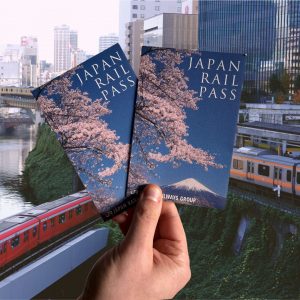
Japan Rail Pass
The optimal way to explore Japan is with a rail pass that is available for durations of 7, 14, or 21 days, offering unlimited travel across the country. Shinkansen included!
Arashiyama Bamboo Forest
One of the most iconic landscapes in Kyoto, the Arashiyama Bamboo Forest is like an alien world. If you visit Japan in winter (in December to be precise) remember that after 5 PM you can explore the beautifully illuminated bamboo path. Arashiyama Bamboo Forest can get pretty crowded during the day, so we recommend a visit first thing in the morning. Along the path, you can take beautiful pictures and find your inner zen.
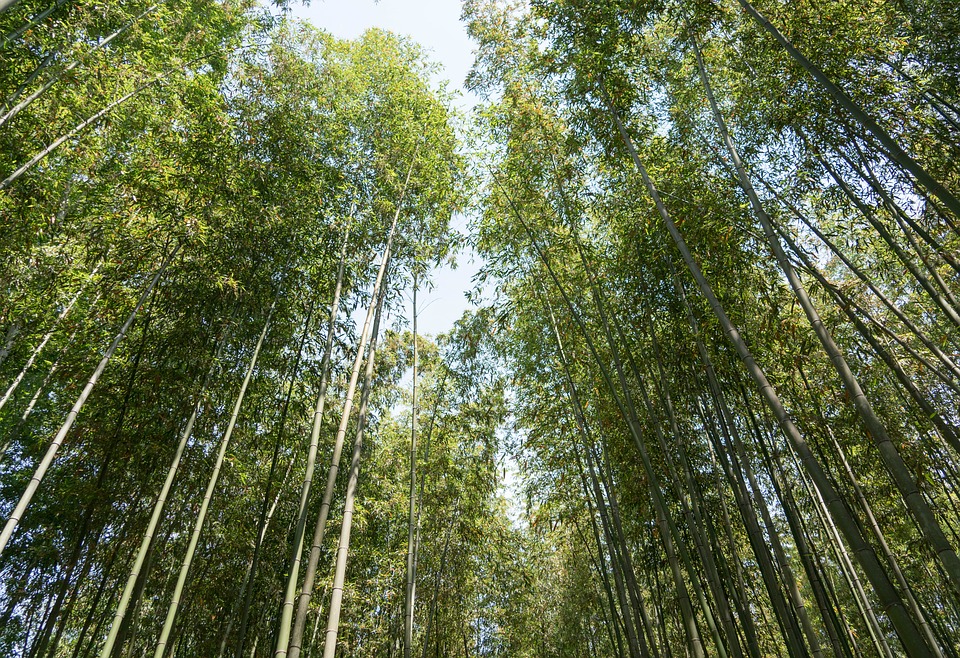
Gion
Gion one was once the entertainment district in Kyoto. Gion remains one of the most beautiful quarters where you can admire traditional wooden houses and even spot a geisha on her way to a performance. Gion is well preserved and looks especially beautiful during the cherry blossom festival. We visited Gion during winter and found it less crowded, but just as beautiful.
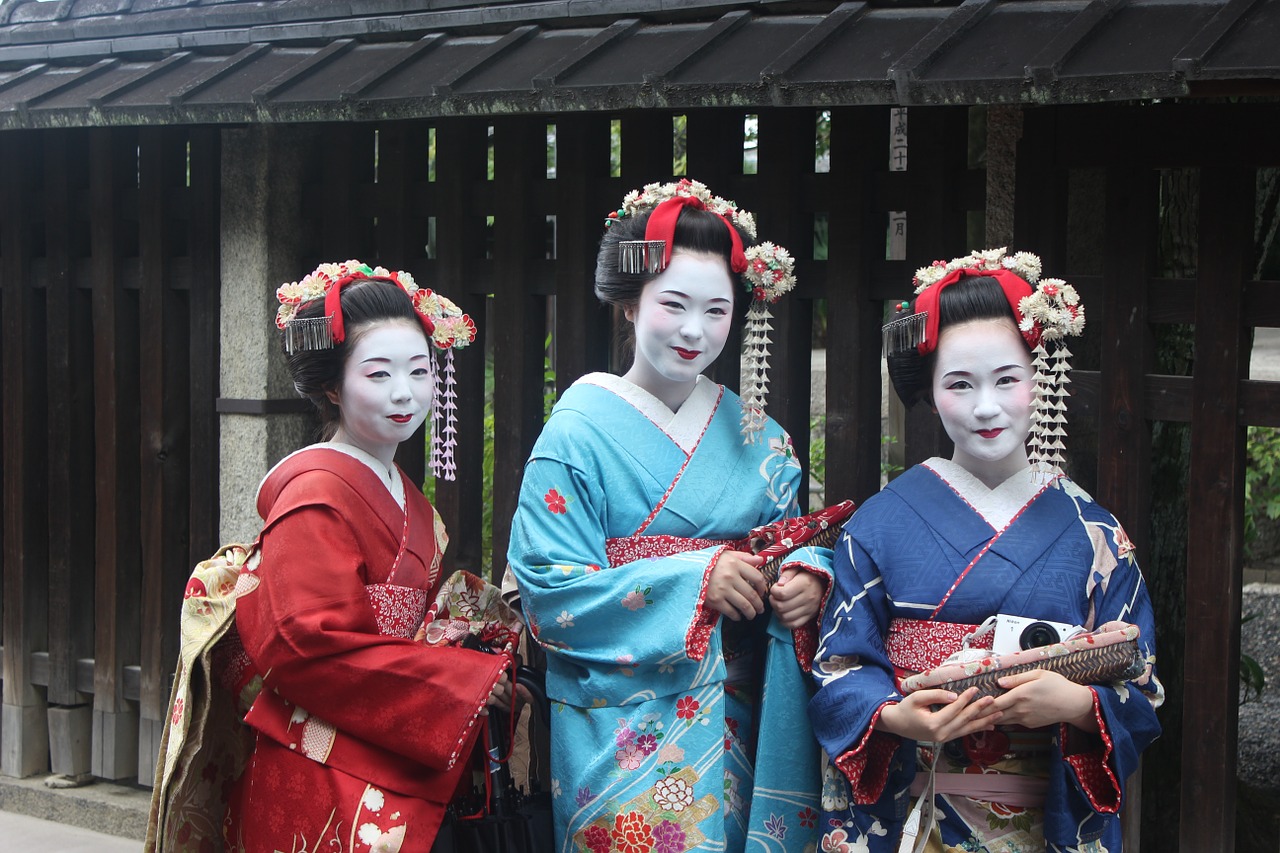
Yasaka Shrine
Yasaka Shrine used to be known as Gion Shrine. Yasaka Shrine is located at the east end of Shijō-dōri, one of my favourite streets in Kyoto. There are various festivals held at the Yasaka Shrine. The shrine also includes several buildings including a beautiful path with vermilion lanterns, a large Shinto gate and a temple. During daytime, you can purchase many street food items from the shrine grounds.
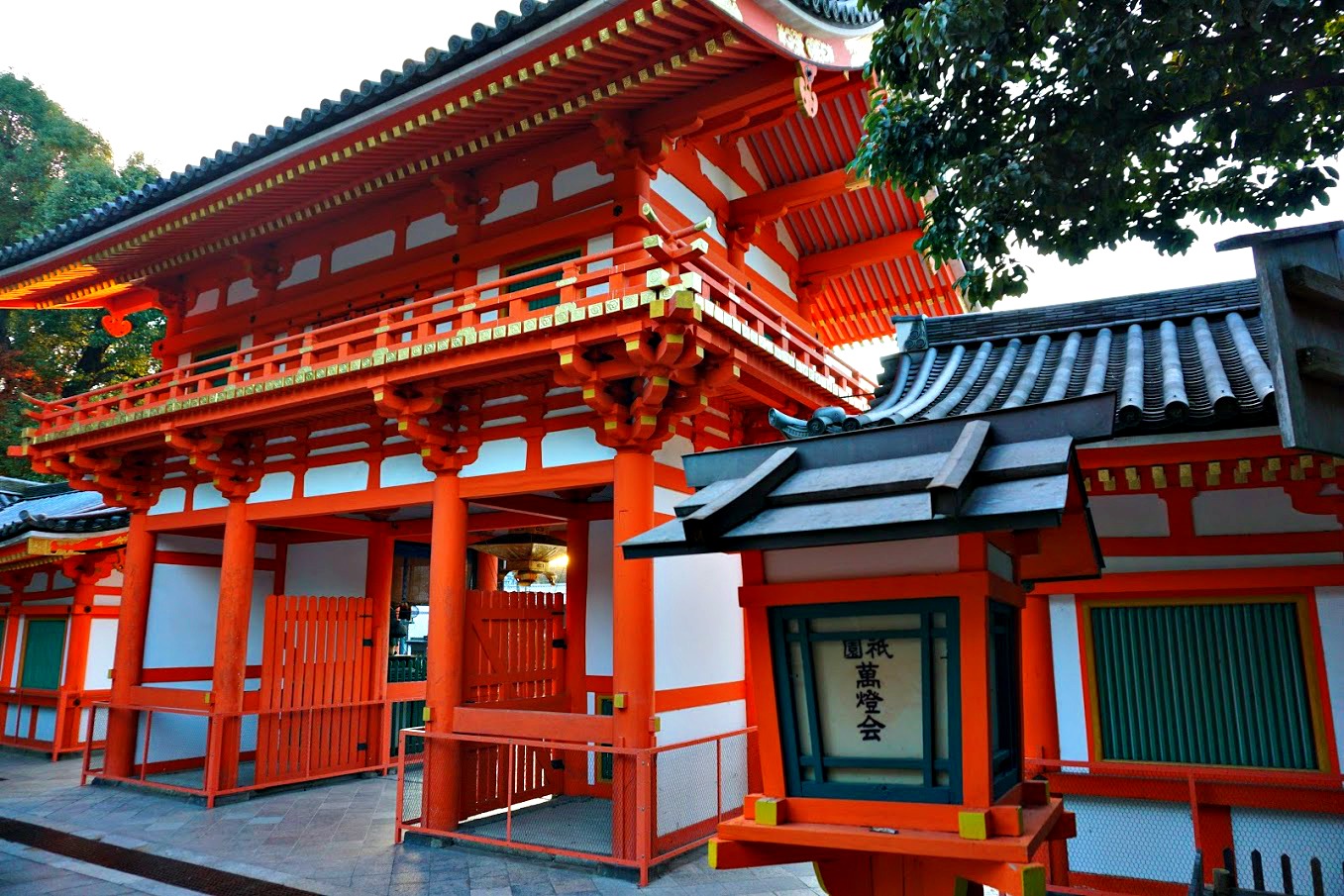
Shijō-dōri
Shijō-dōri is one of the most incredible streets in the whole of Kyoto. Located in front of Yasaka Shrine, you can walk on both sides and admire the countless old-school shops and restaurants. Shijō-dōri is a foodie’s paradise, where you can sample all sort of local specialities, sit down to eat delicious dishes and purchase many snacks. I recommend at least a couple of visits to be able to properly enjoy this street.
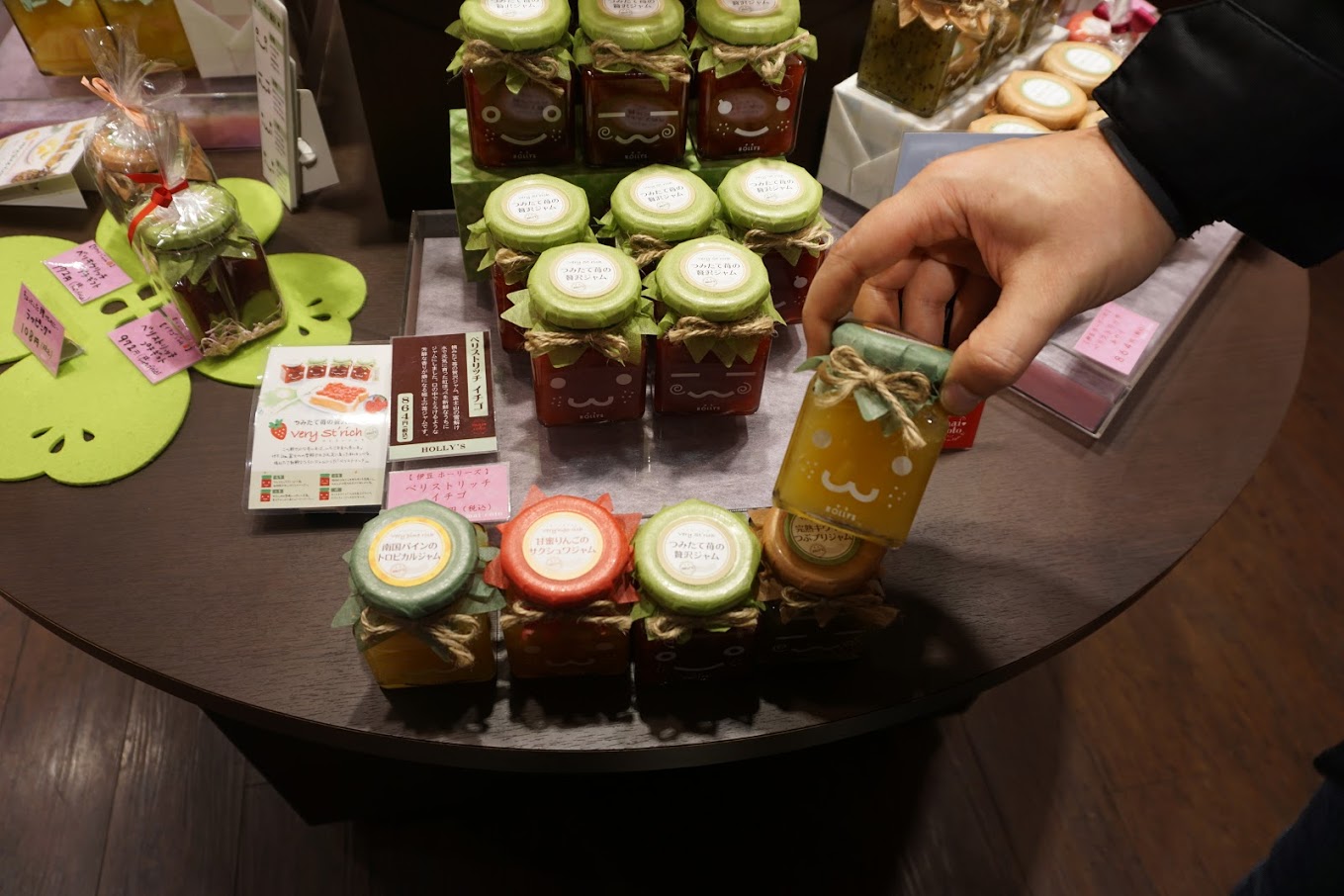
Maruyama Park
Maruyama Park is one of Kyoto’s star attractions during the cherry blossom festival. The park can get incredibly crowded during April time. If you visit Japan outside of the sakura season, you can enjoy a quiet walk in the park. During late autumn especially, Maruyama Park becomes colourful with maple leaves. the park also features a beautiful pond and several shops for quick snacks.
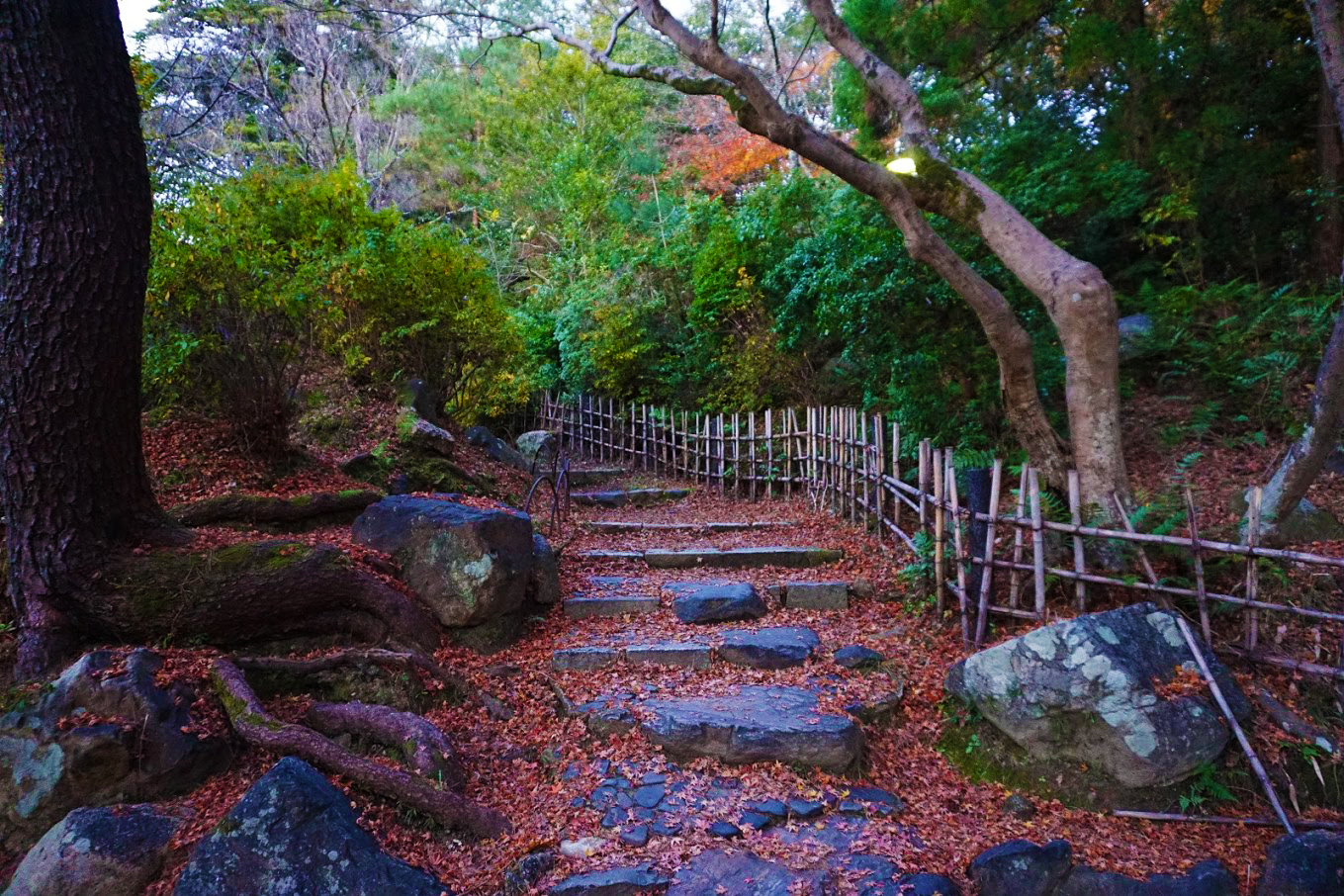
Nishiki Market
There is so much Kyoto food you need to try and no better place to start than Nishiki Market, also known as Kyoto’s kitchen. Find a variety of fresh produce, street foods and even sit down restaurants for lunch. We recommend you try soy doughnuts, matcha treats and the interesting takotamago which is a mini octopus on a stick with a small boiled egg in its head.
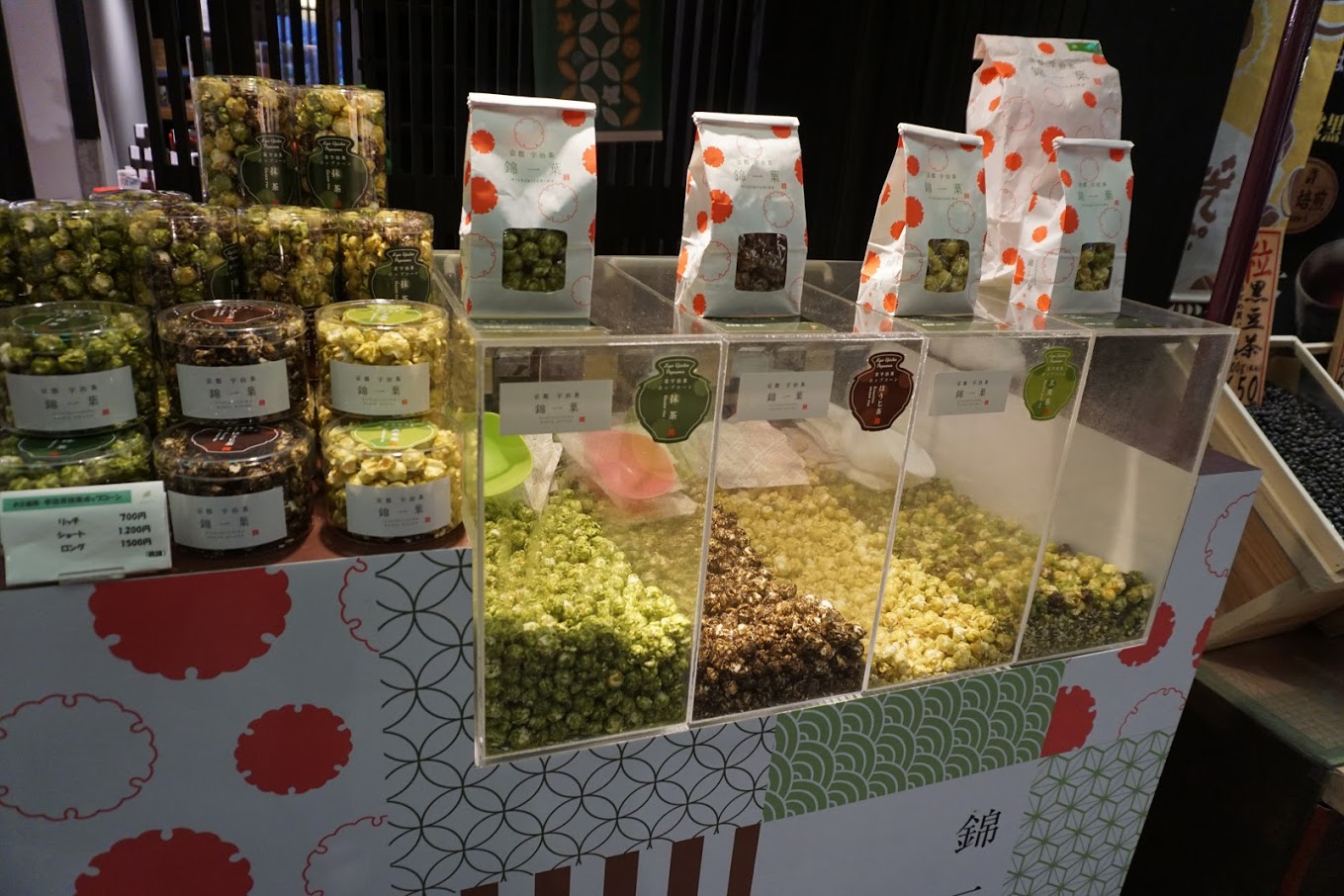
Kinkaku-Ji
Kinkaku-Ji is a Zen Buddhist temple in Kyoto. What surprised me about it was that it honestly looks as glorious as in the pictures you can see online. This temple is incredibly popular and it becomes very busy year round. We visited in December and we still waited in a queue to be let in on the other side of the pond to be able to photograph it. The temple grounds are the true definition of a Japanese landscape garden.
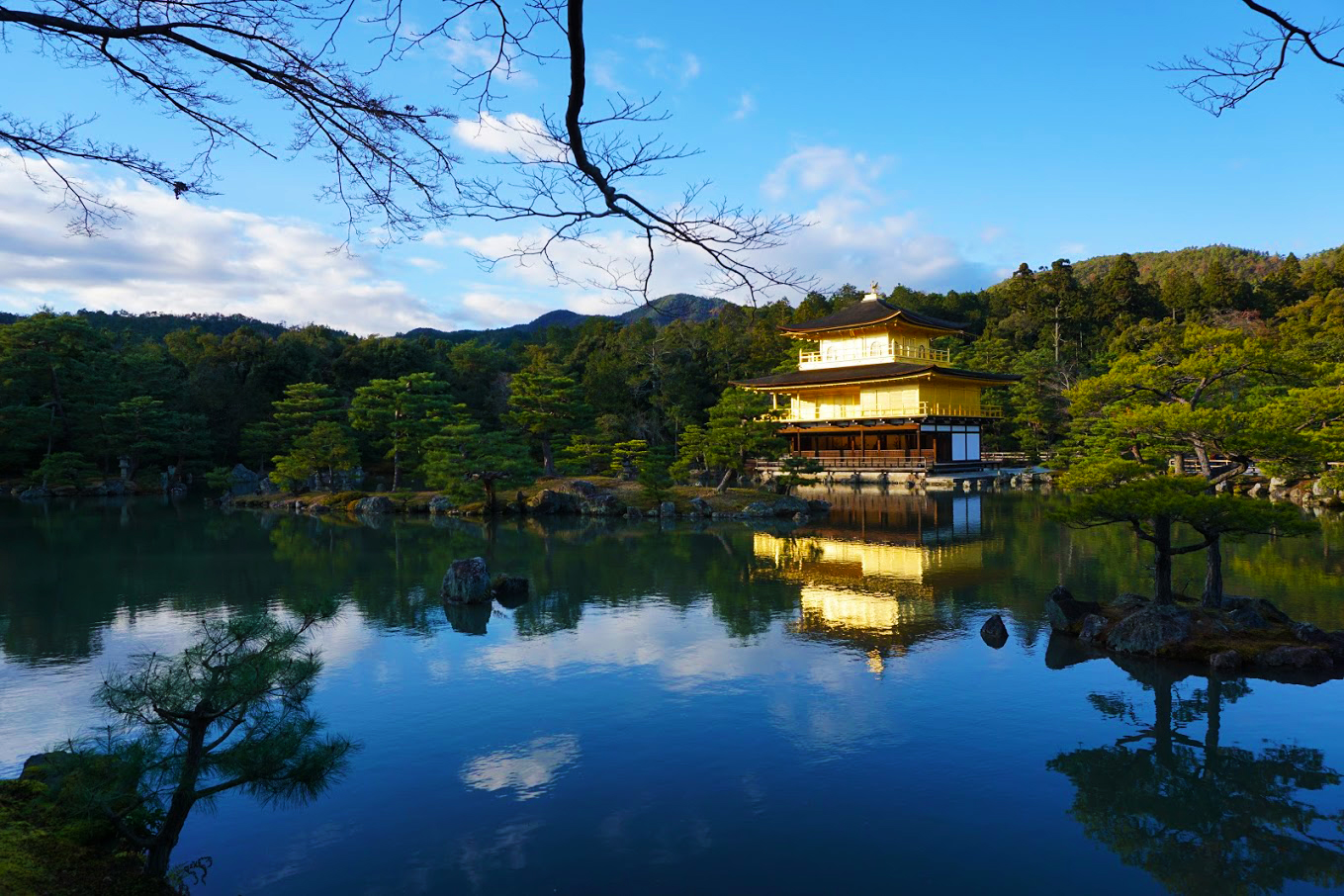
Kiyomizu-Dera
The temple is part of the Historic Monuments of Ancient Kyoto UNESCO World Heritage site. Kiyomizu- Dera is a popular temple in Kyoto especially during the cherry blossom season and the autumn leaves festival. It offers beautiful views from its platforms.
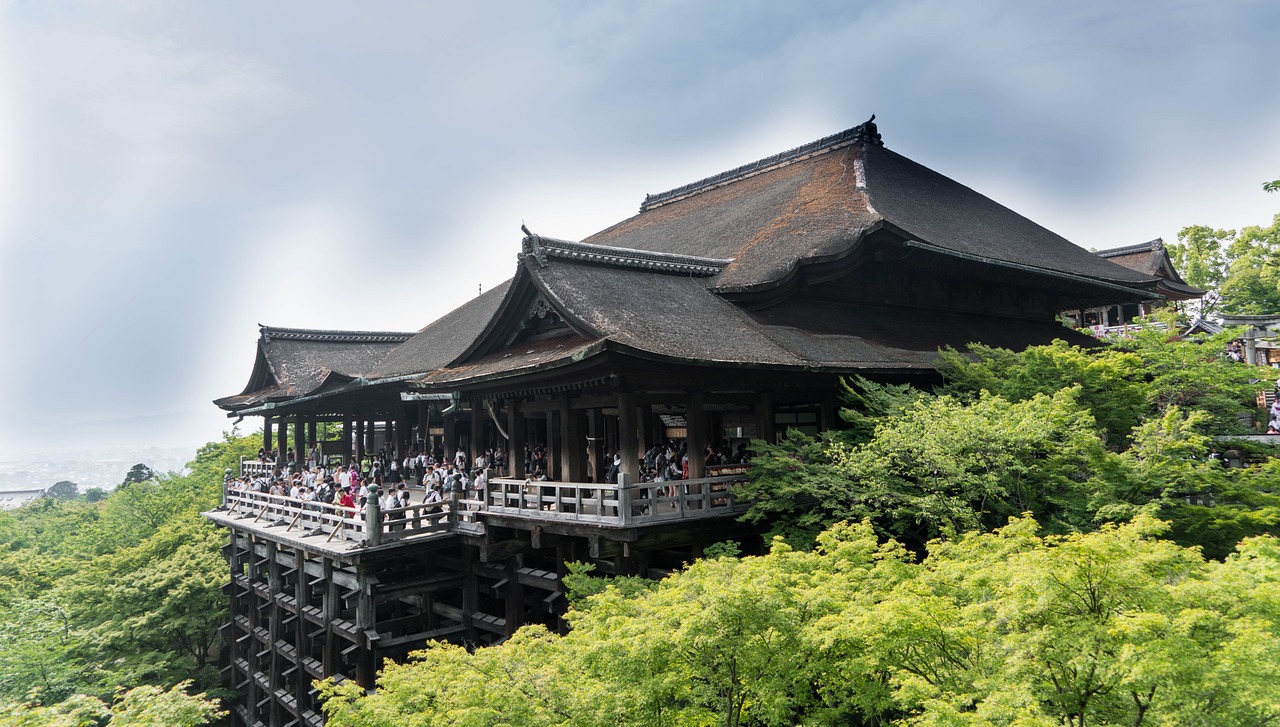
Kyoto Imperial Palace
The Kyoto Imperial Palace is the former ruling palace of the Emperor of Japan. The Emperors now reside at the Tokyo Imperial Palace. The Kyoto Imperial Palace is well preserved.
The Kyoto Imperial Palace was initially accessible with guided tours only which required advance reservations. Nowadays you can simply see the palace buildings and gardens with no tour, but remember that you cannot enter any of the buildings.
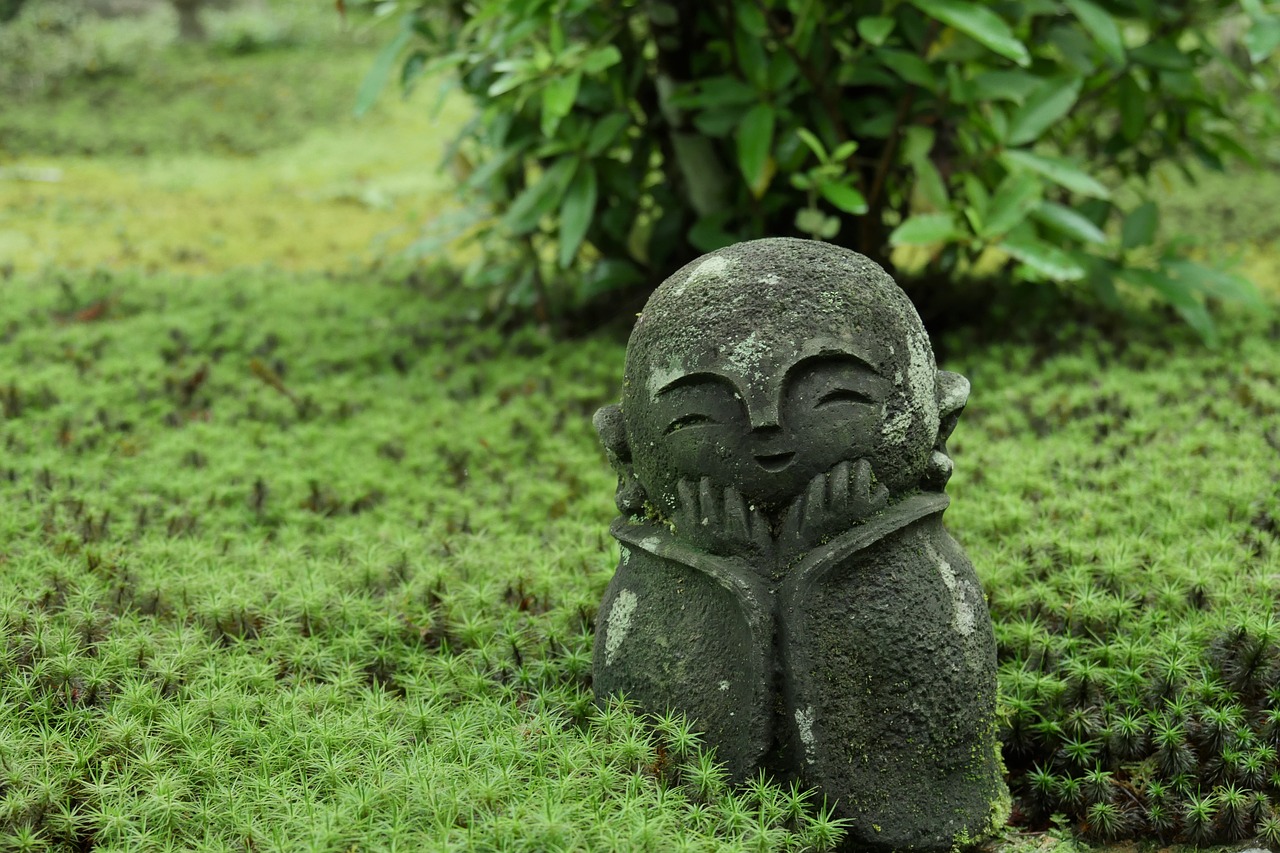
Nijō Castle
Nijō Castle is a flatland castle in Kyoto, Japan. The castle looks especially beautiful during the cherry blossom season. You can walk around the gardens for quite some time and admire neatly cut bushes and trees.
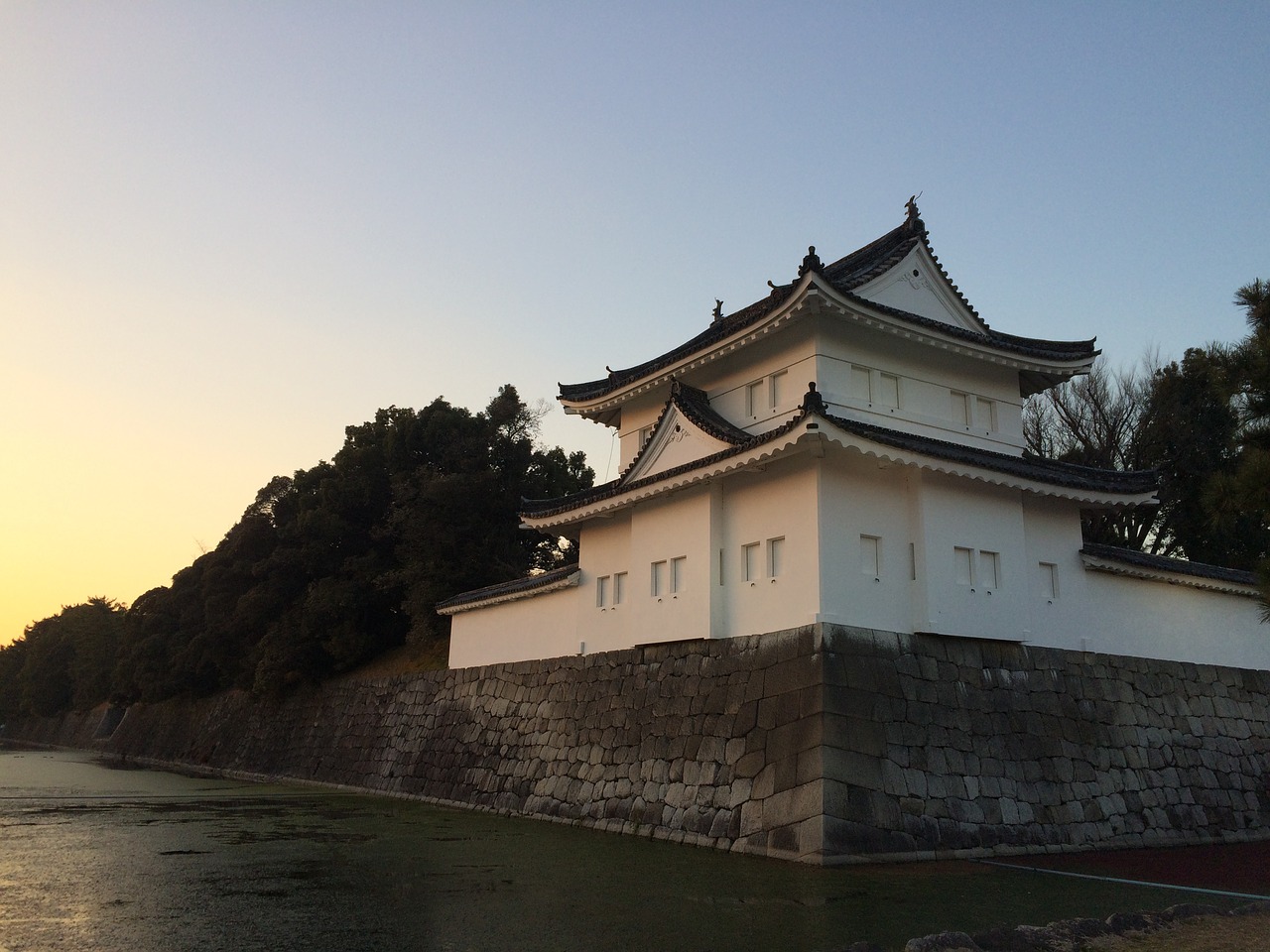
Philosopher’s Walk
The Philosopher’s Walk is a beautiful path that follows a sakura line canal in Kyoto. This pedestrian path is named this way because of a Japanese philosopher used it for daily meditation. En route, you will pass several temples and shrines. It takes only 30 minutes to complete the walk. The Philosopher’s Walk is especially popular during the cherry blossom festival.
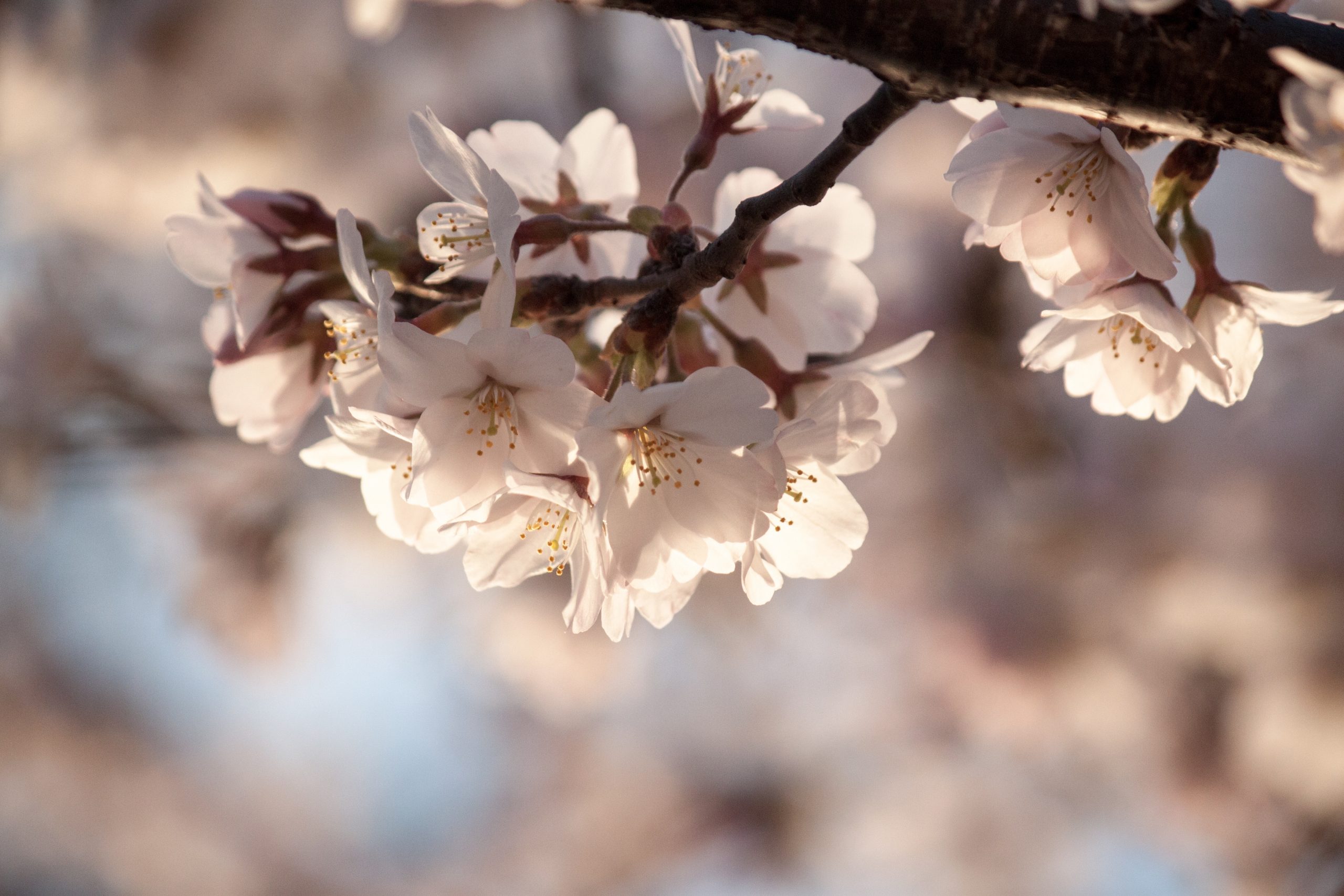
Day trip to Mount Hiei
When writing your Kyoto itinerary we strongly recommend a day trip to Mount Hiei. Especially wonderful for outdoors enthusiasts, Mount Hiei is a great place where you can relax in nature. Take the cable car to the top and descent on foot to admire the quiet Japanese forests. Mount Hiei is especially important for us, as that’s where we got engaged.
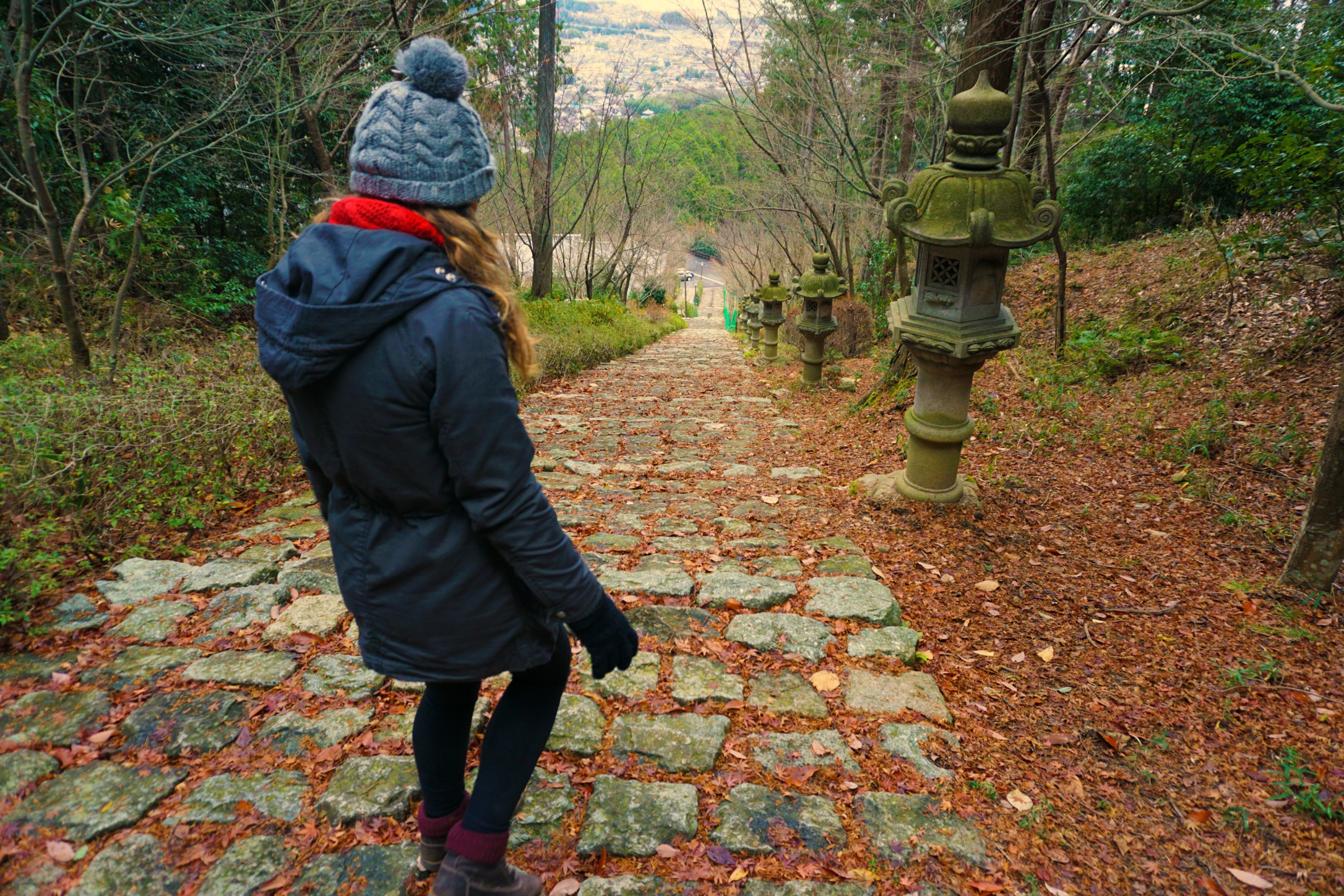
Enjoy a Geisha Show
Kyoto has long been associated with its traditional wooden houses and elusive Geishas. Nowadays, you can book a Geisha show in advance where you can see an amazing performance as well as play interactive games passed on for centuries. You can book them here.
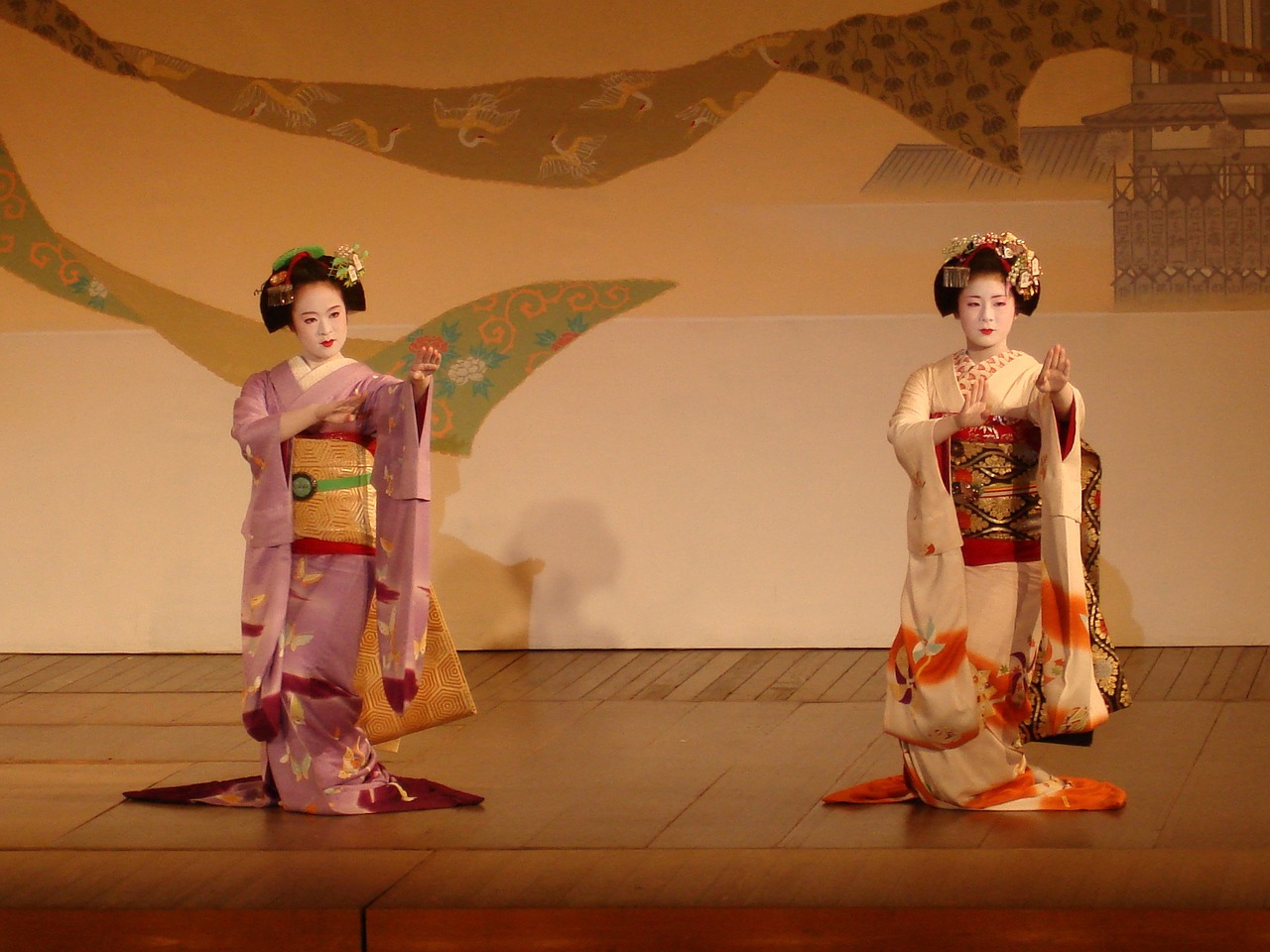
Have a tea ceremony
I was fascinated with the Japanese tea ceremony for a very long time and you cannot imagine how incredible it was to finally partake in such incredible cultural experience. This is a must for everyone who wants to visit Kyoto. Click here to book your authentic Japanese tea ceremony experience.
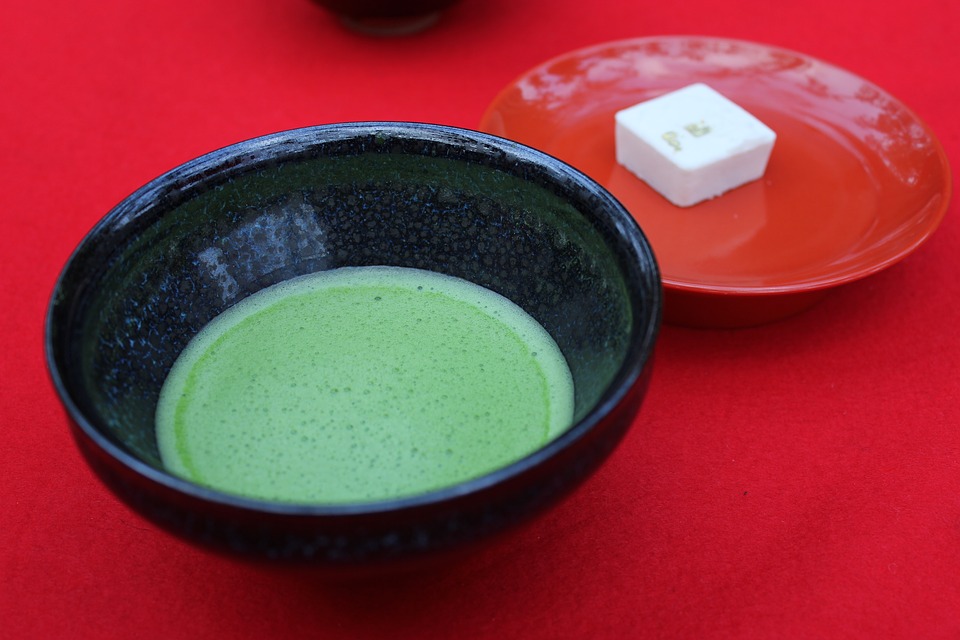
Enjoy Kaiseki
Kaiseki or kaiseki-ryōri is a traditional multi-course Japanese dinner. Kaiseki is traditional in Kyoto and you can pre-book your multi-course experience in almost any ryokan. You will receive a collection of small dishes with different styles and artistically arranged. Although it normally looks like you will receive very little food, in reality, you will be left fully satisfied after finishing your Kaiseki dinner.
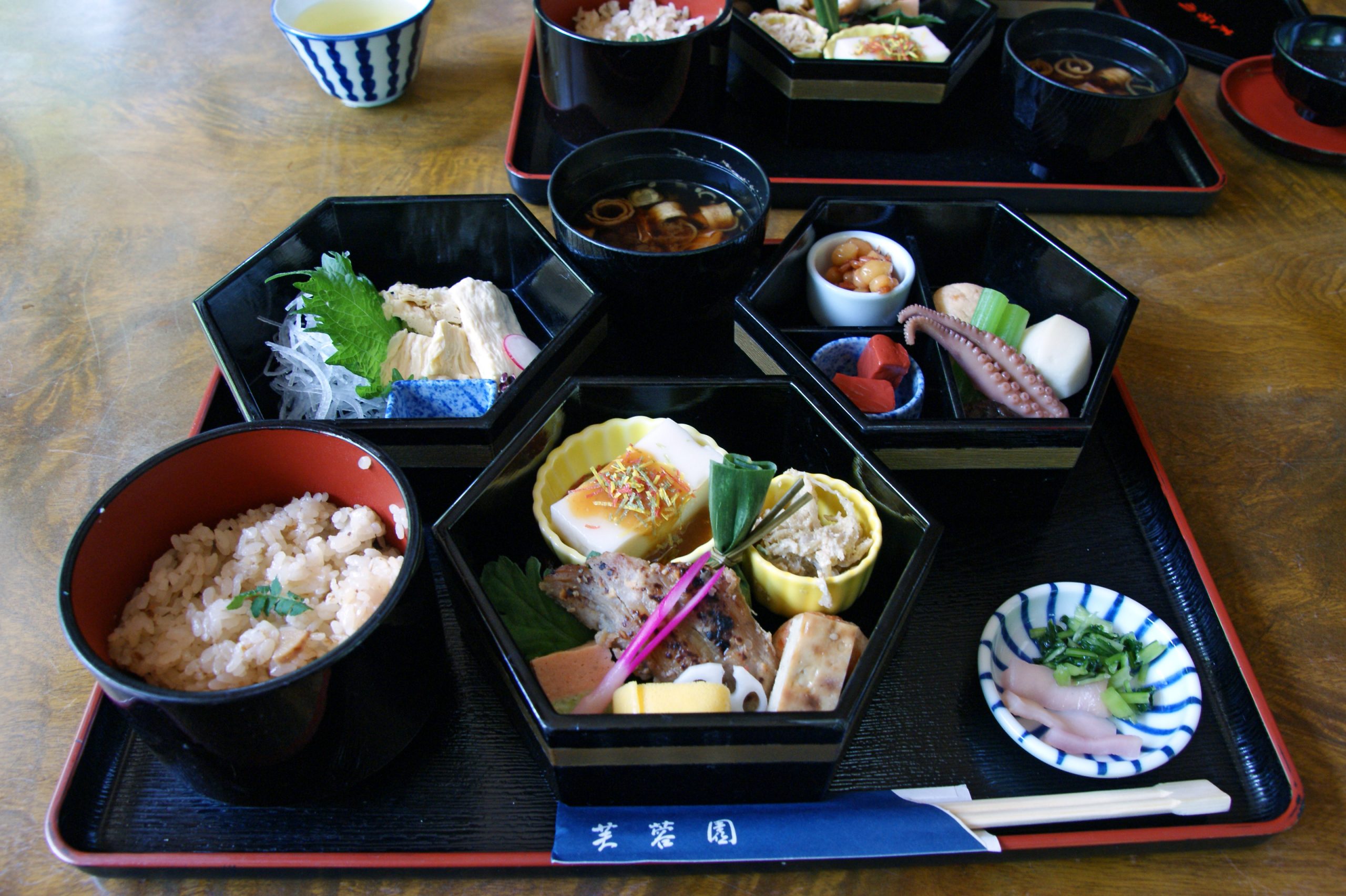
Byōdō-in
Byōdō-in is a famed Buddhist temple located in Uji. Use your JR Pass to take the Shinkansen from Kyoto to Uji and enjoy an afternoon drinking authentic matcha tea. Uji is known to be the region where green tea first grew in Japan. Walk around Byōdō-in and don’t forget to visit The Phoenix Hall which is the main building in Byōdō-in.
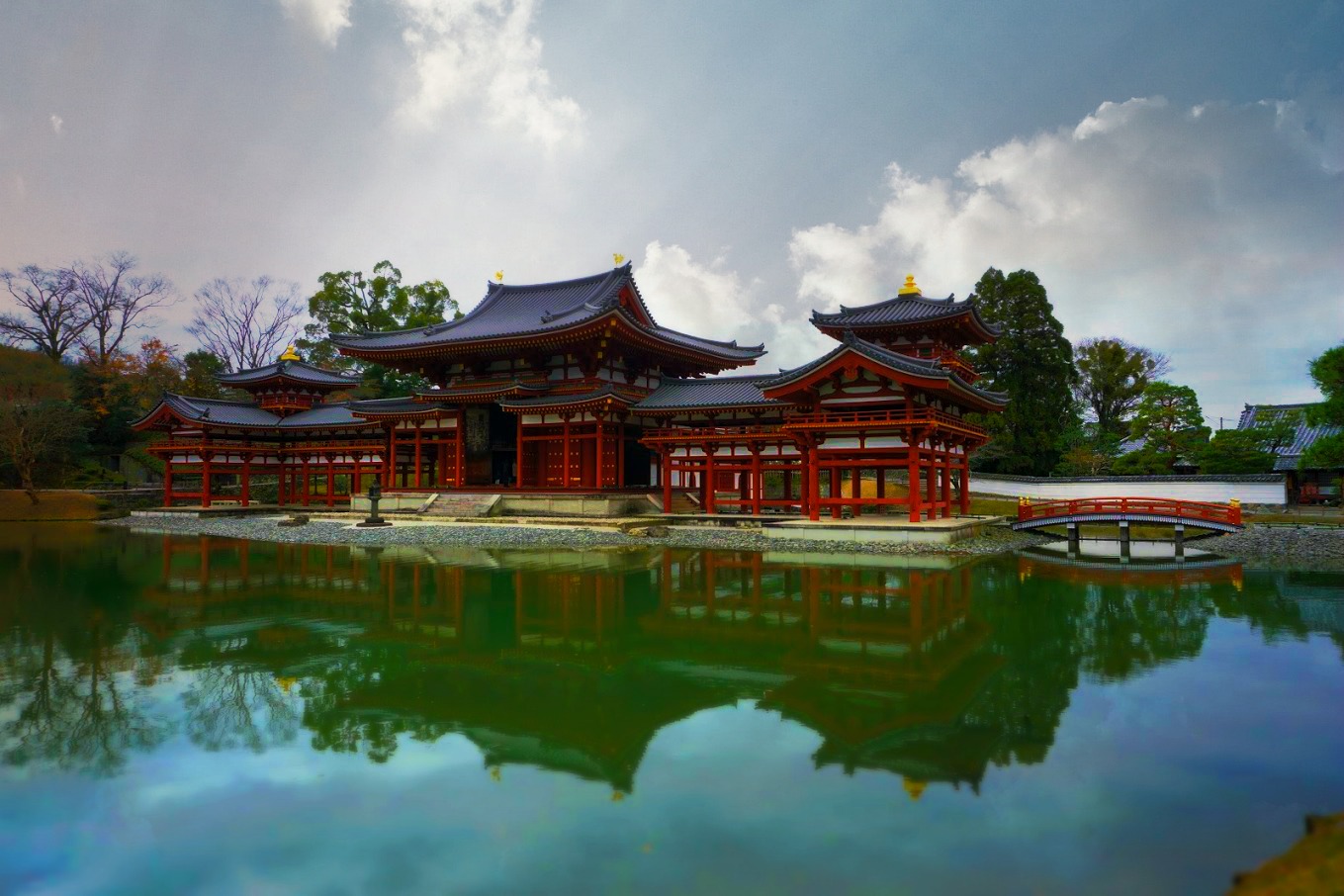
Ryōan-Ji
Ryōan-Ji is a Zen temple in Kyoto known for its rock garden which attracts countless visitors a day. We visited the temple just half an hour before its closing time and we loved how quiet it was. We very much recommend a trip to Ryōan-ji in the afternoon.
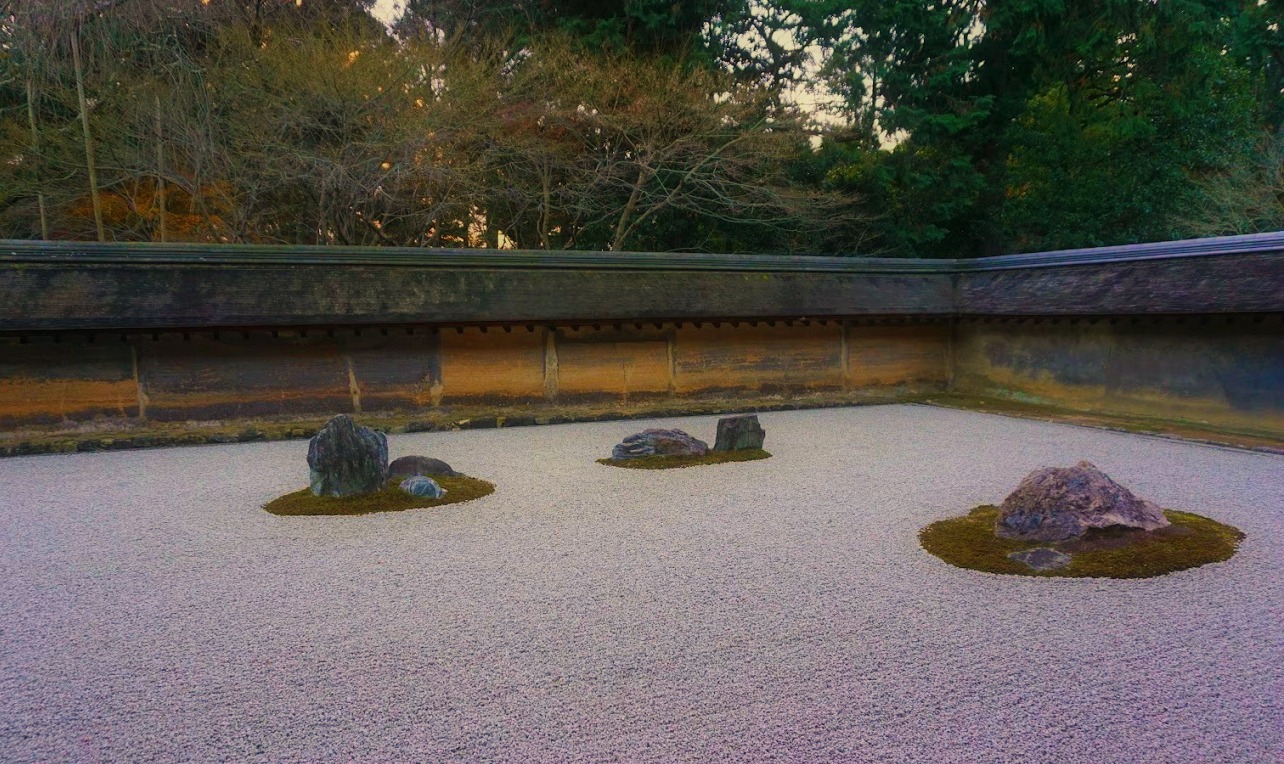
Iwatayama Monkey Park
Iwatayama Monkey Park is located in Arashiyama, not far from the Arashiyama Bamboo Path. The park is on Mt Arashiyama, on the same side of the Oi River as the train station. To park is home to over 170 Japanese macaque monkeys also known as snow monkeys.
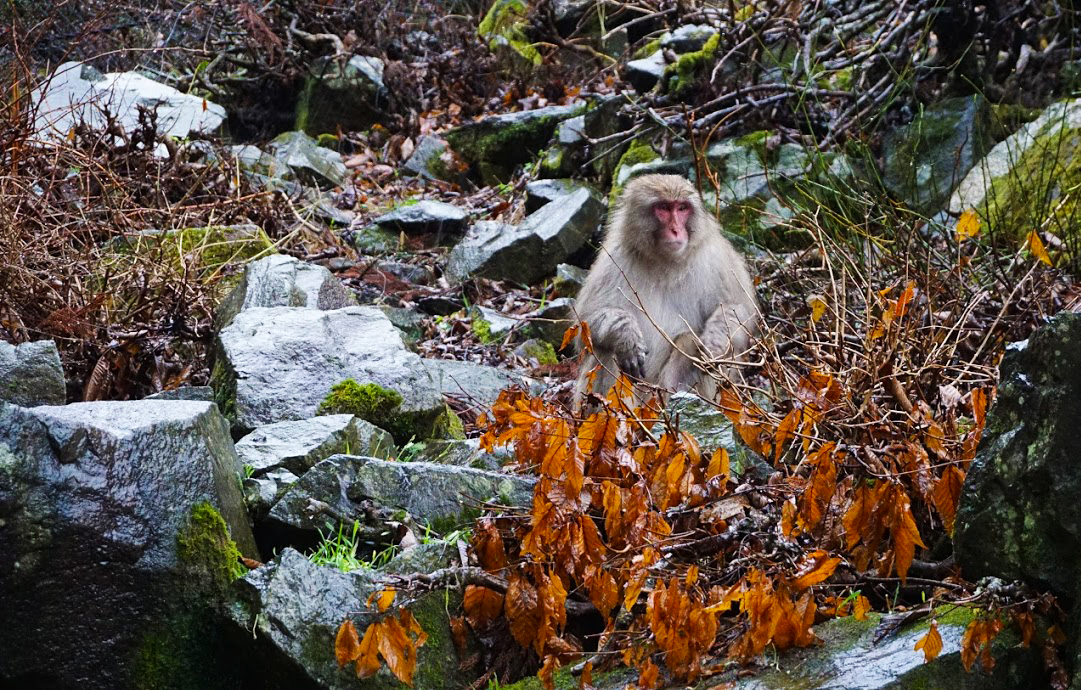
Sanjūsangen-dō
Sanjūsangen-dō was one of the most unexpected temples in Kyoto. We couldn’t take any pictures of the temple’s interior but we very much like it and hence, we recommend it with love. Sanjūsangen-dō is a Buddhist temple also known as the Hall of the Lotus King. Inside, you will find 1001 statues of Kannon, the goddess of mercy.
Kyoto Tower
Love seeing cities from above? So do we, and that’s why we went to admire Kyoto in all its splendour from the Kyoto Tower. This tower received some criticism, some saying the architecture doesn’t fit Kyoto’s vibe. Nevertheless, it is a Kyoto landmark which attracts crowds of tourists every day. Its observation deck at 100 metres and its spire at 131 metres.
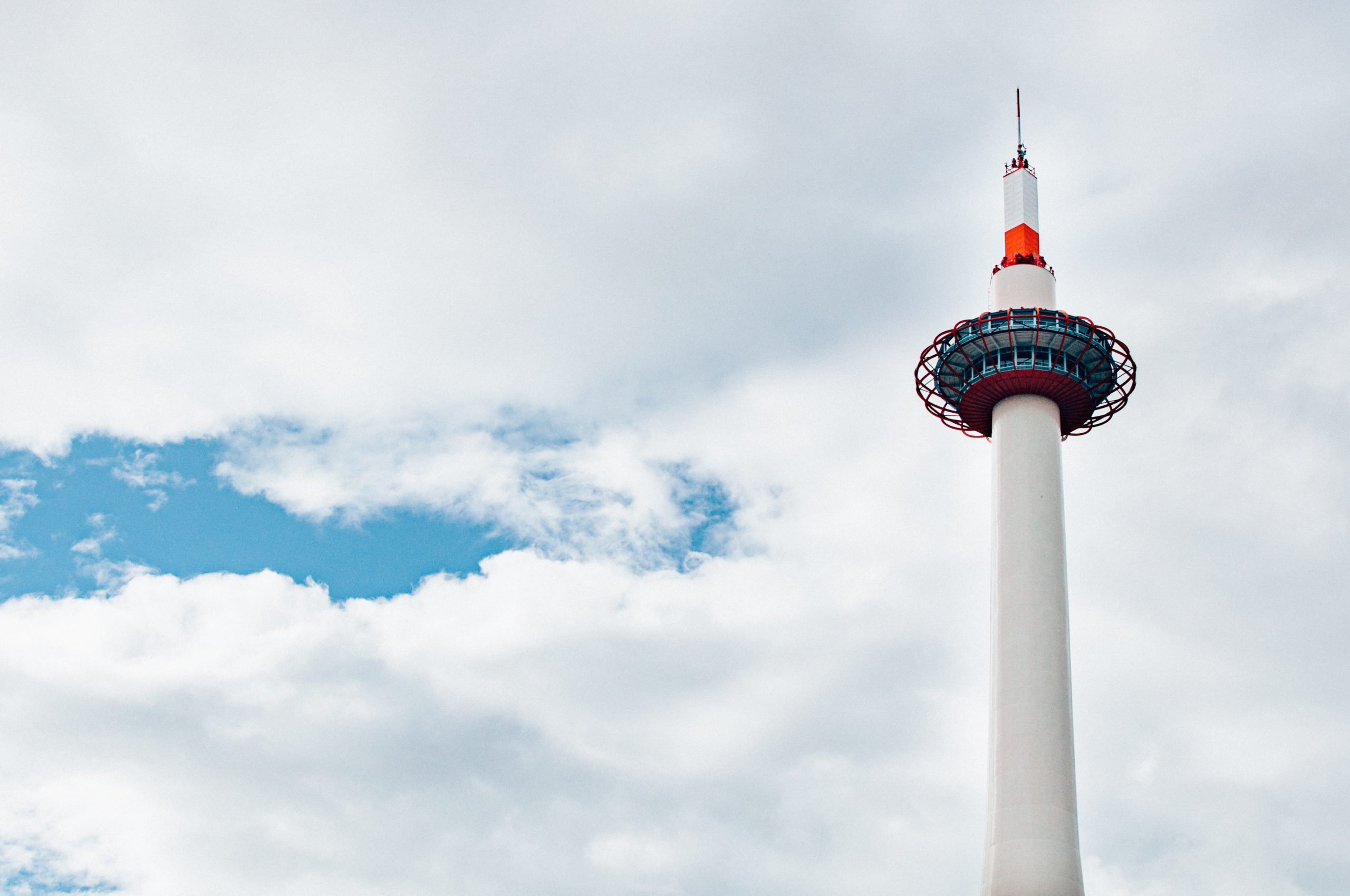
Kyoto Station
Kyoto Station is an incredible building with over 15 stories packed with boutiques, restaurants and department stores. We especially loved the basement, home to a local supermarket selling delicious ready-made food and fabulous looking fruits. Some of the best katsu we had was in The Cube, a part of the Kyoto Station in the food quarters, as well as the best (and cheapest) sushi available on a sushi conveyer belt.
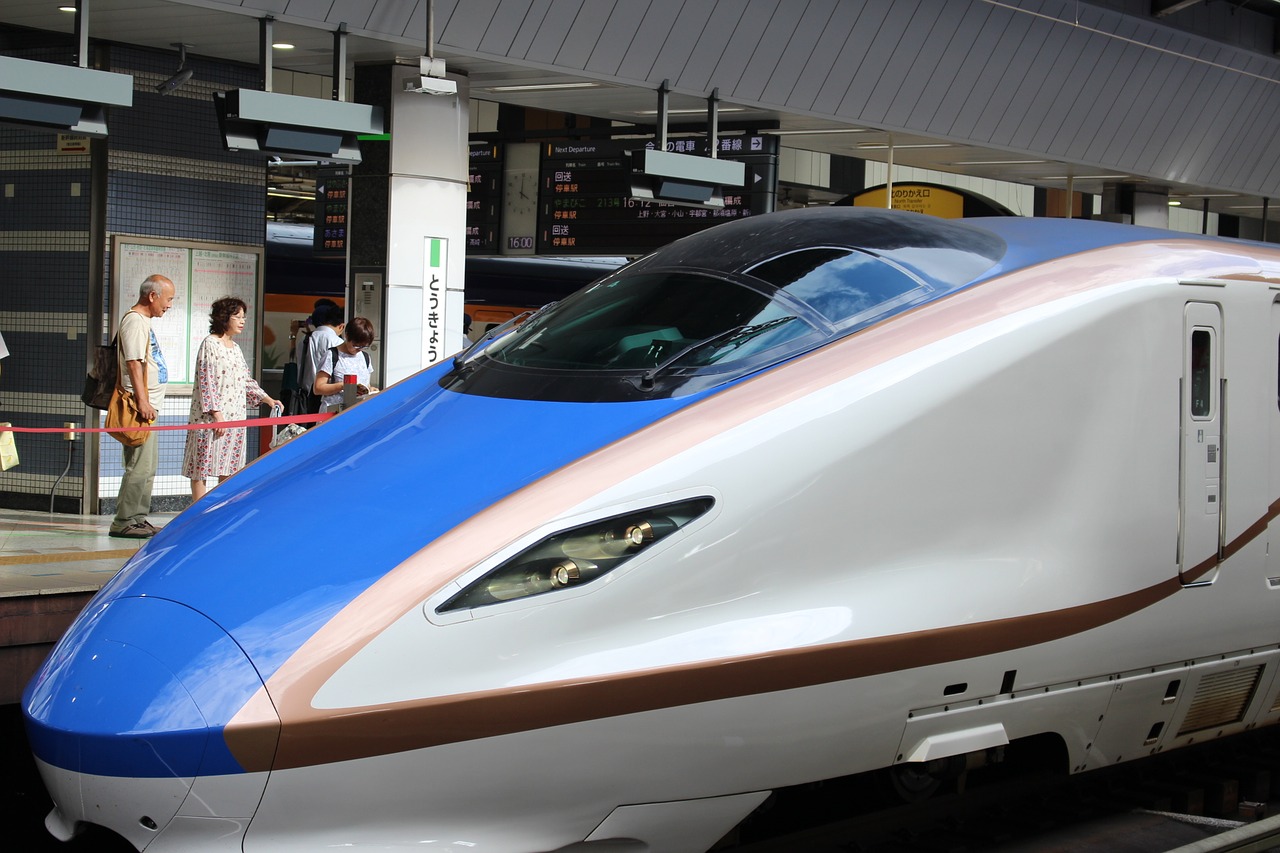
Ōkōchi Sansō
Ōkōchi Sansō is the former home and garden of Denjirō Ōkōch, a known Japanese film actor. The villa is located in Arashiyama, just minutes away from the bamboo path. Included in the entrance fee you will get a matcha tea and a sweet. We loved the views at the back of the Japanese gardens where you could see the forested mountains surrounding Kyoto.
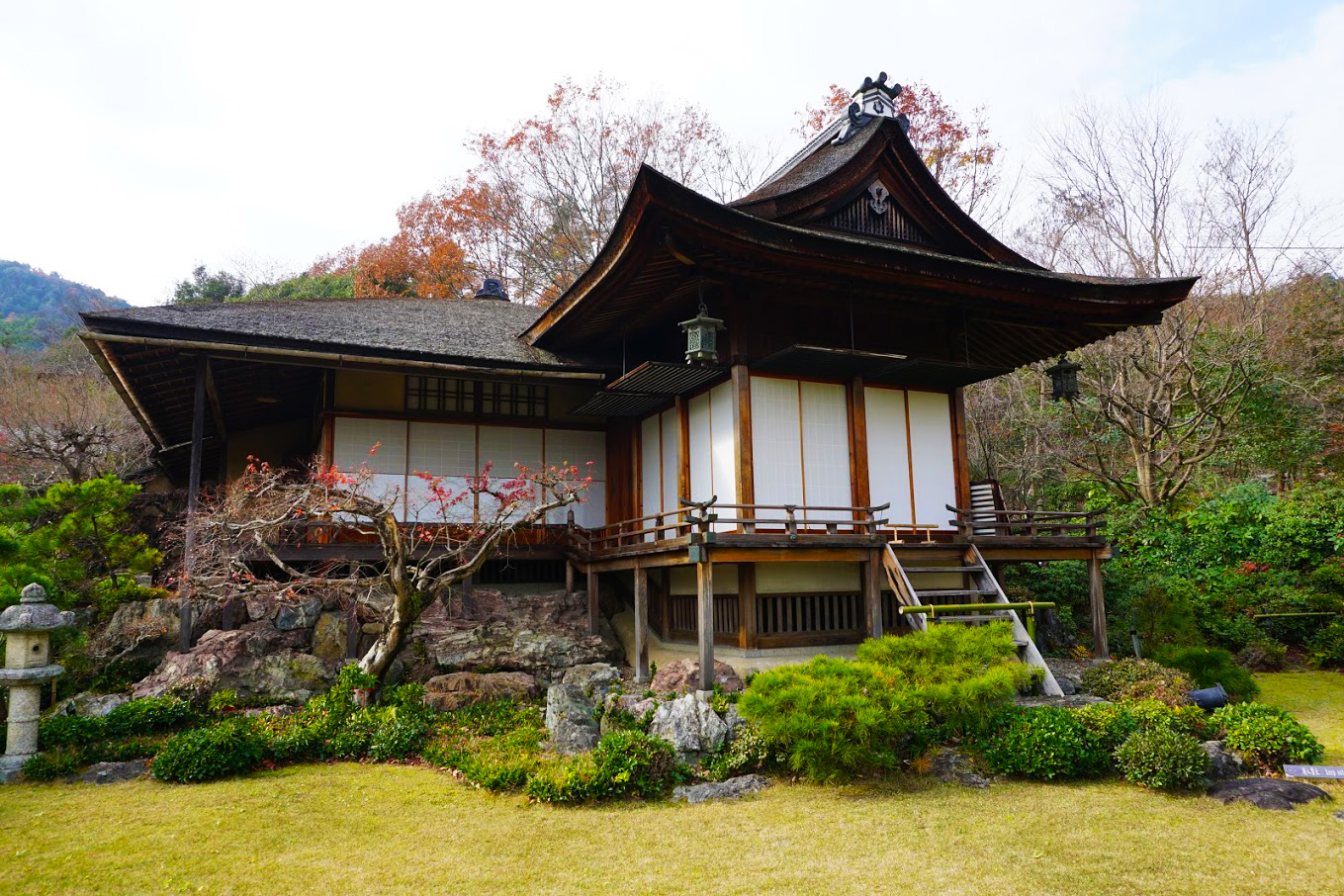
Mount Kurama
Mount Kurama is a mountain to the north-west of the city of Kyoto. This is a perfect day out from Kyoto for those who love the outdoors. Mount Kurama is also home to the Kurama Onsen. Kurama-Dera, a Buddhist temple, is the main attraction on Mount Kurama. It takes about 30-45 minutes to climb up to the temple.
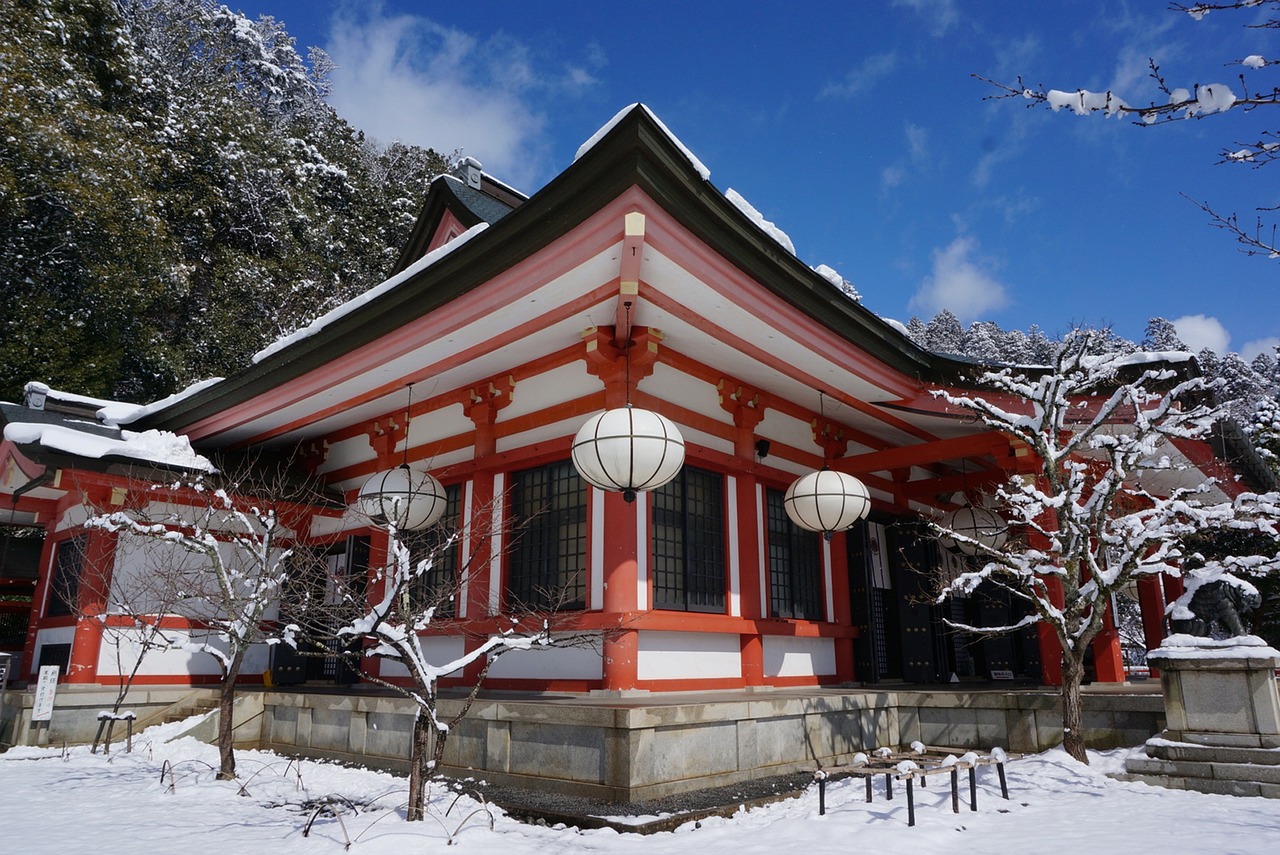
Kyoto Onsen
Experiencing a Kyoto Onsen is perhaps one of the joys of visiting Japan’s old capital city. You will find a variety of onsen experiences, many offered by traditional ryokans and hotels. We absolutely recommend that you allocate at least one day to fully experience the Japanese hot springs. Remember that tattoos are considered taboo in Japan. If you have a tattoo, book an onsen which allows private time so other guests won’t be upset by your ink.
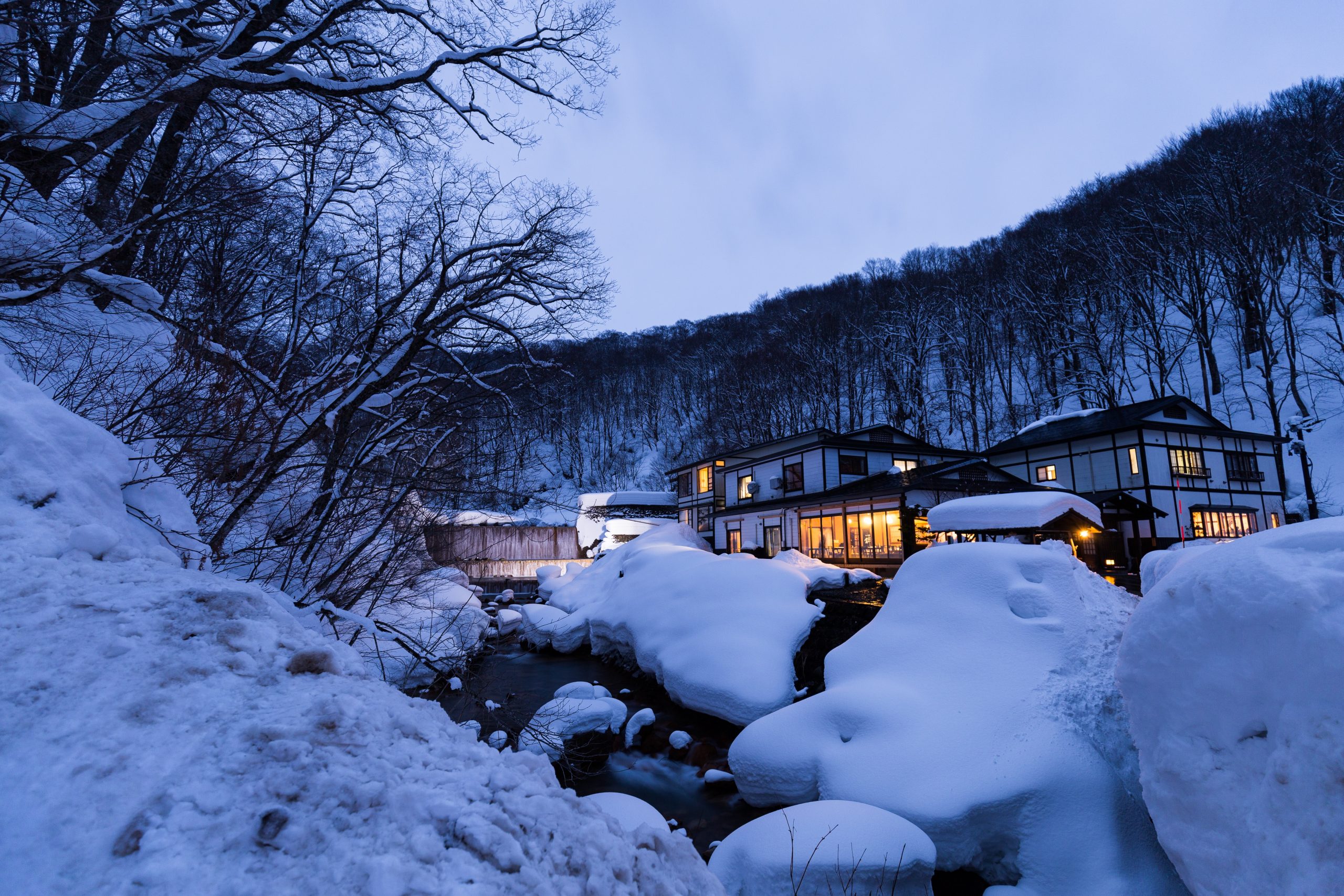
Cherry blossom in Kyoto
What is better than visiting Japan during the cherry blossom season? Kyoto is one of the most loved sakura destinations in Japan. We recommend checking where to stay in Kyoto well in advance in order to book your accommodation as soon as possible. Prices get high during the sakura season. Kyoto becomes fairly crowded during Sakura, so expect crowds of international tourists.
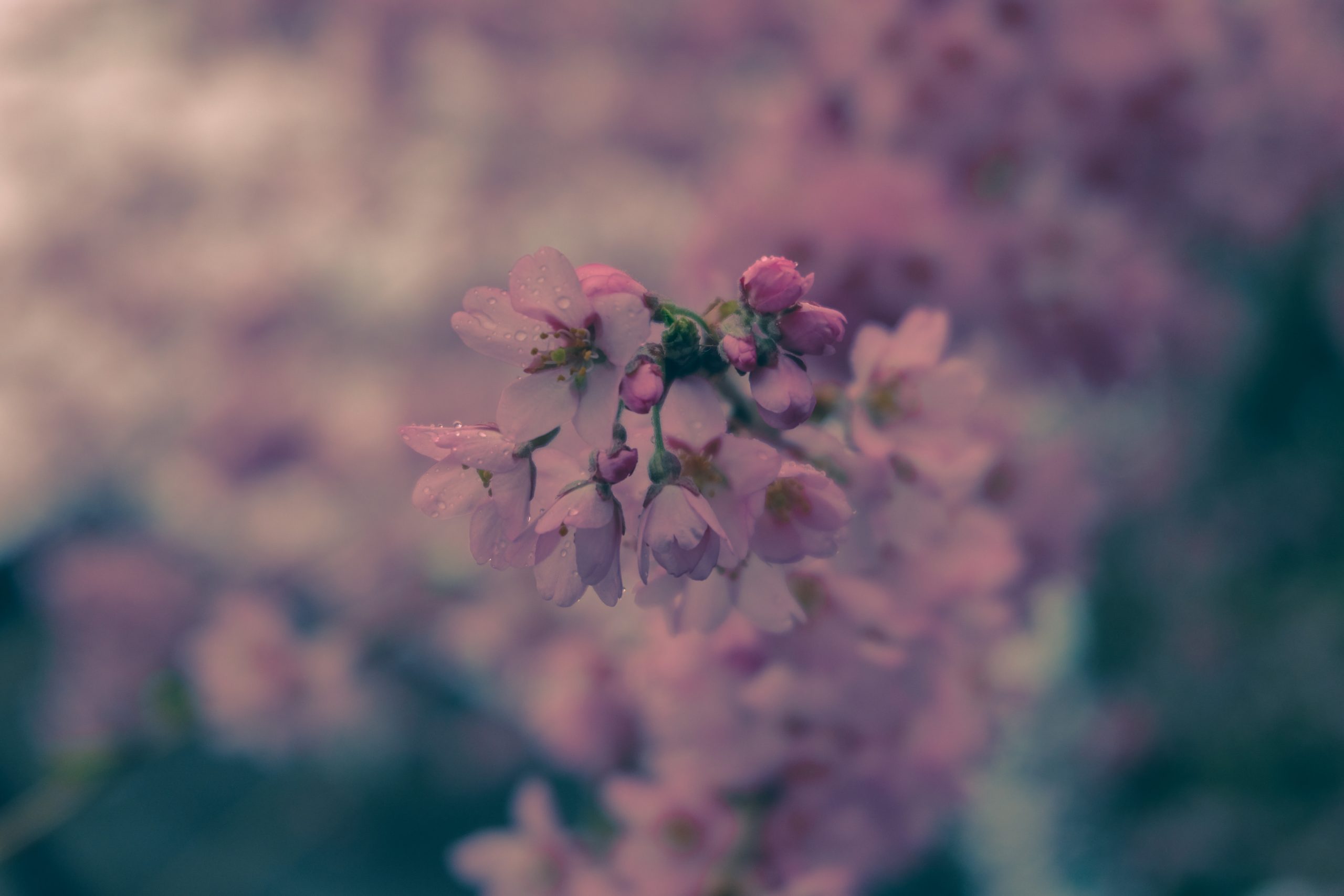
Ride a bike in Kyoto
Once in Kyoto, you will see many locals cycling. To explore the city it’s best to walk or rent a bike to visit all the temples. Just be careful and mindful of others, respect all the signs and stick to the bike lanes.
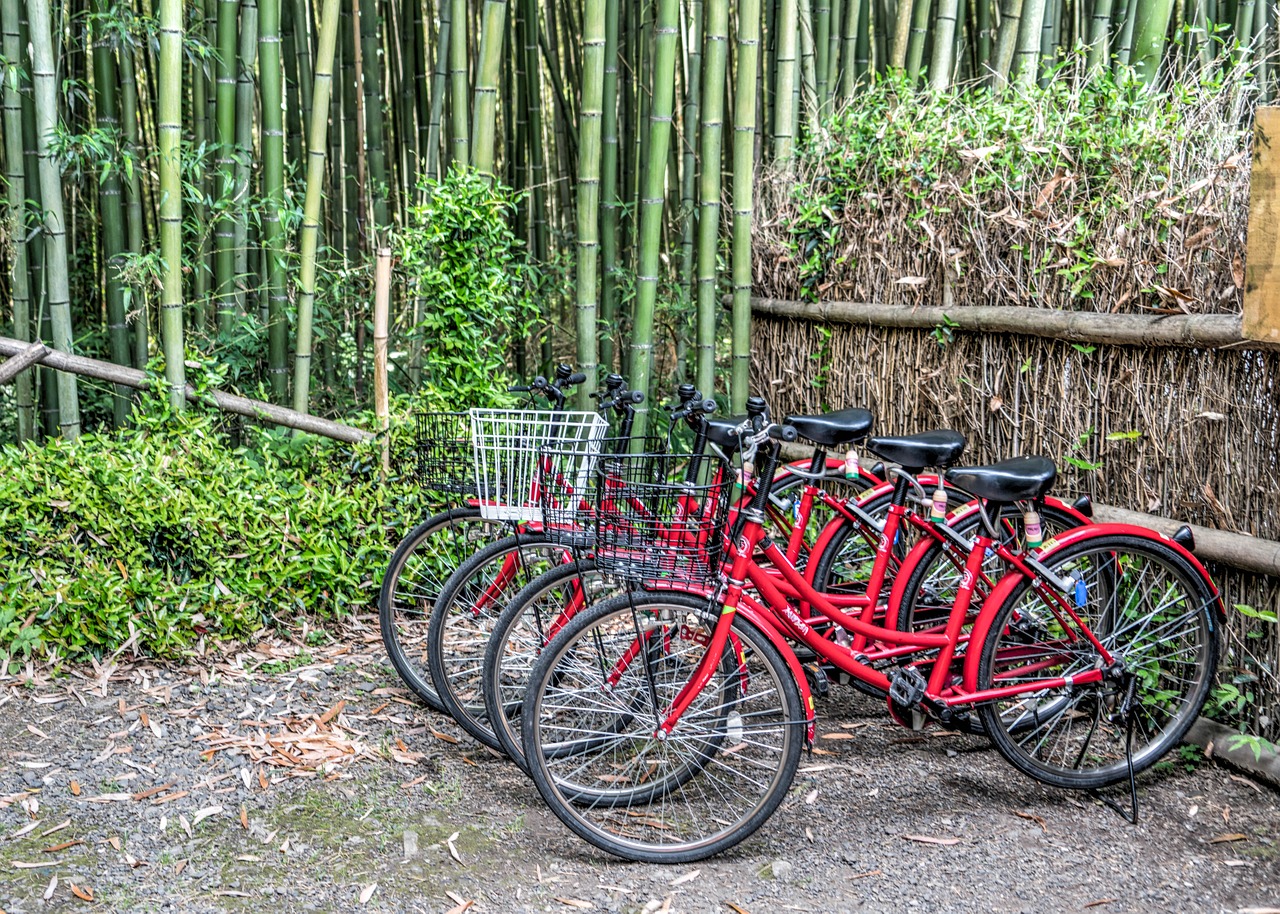
Admire inner gardens
Kyoto has some of the most beautiful inner gardens I’ve ever seen. Everywhere you look, there is always a beautiful garden to be admired. Kyoto is such zen city, that even if you walk around residential areas you will find many photo spots. In fact, I think Kyoto is one of the most Instagrammable places in the whole of Japan.
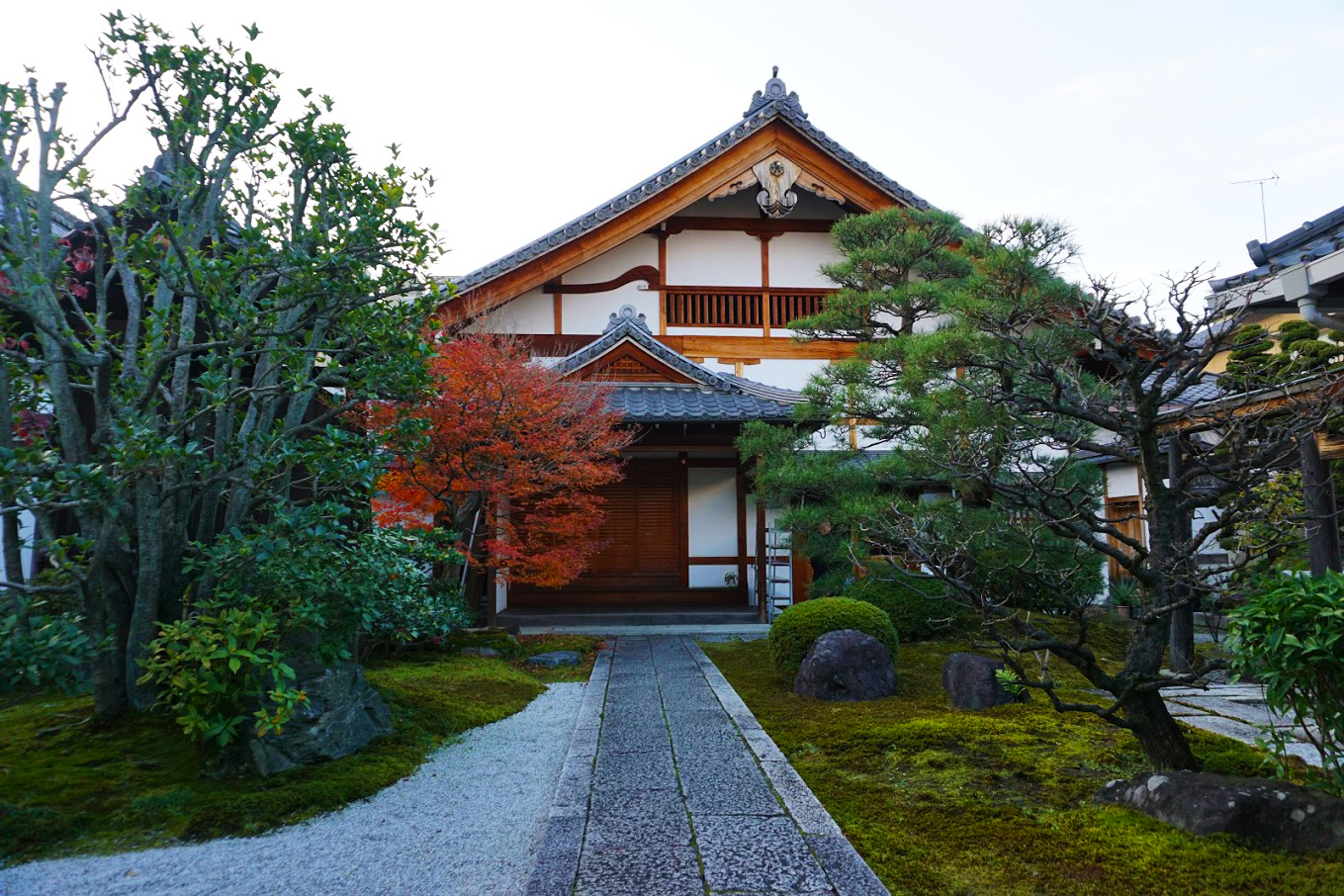
Visit discount supermarkets
Want to shop around Kyoto but are aware that prices are a bit steep? Why not check discount supermarkets where you can find cheap food, snacks and even souvenirs. We purchased many kitchen utensils as souvenirs and found many delicious snacks.
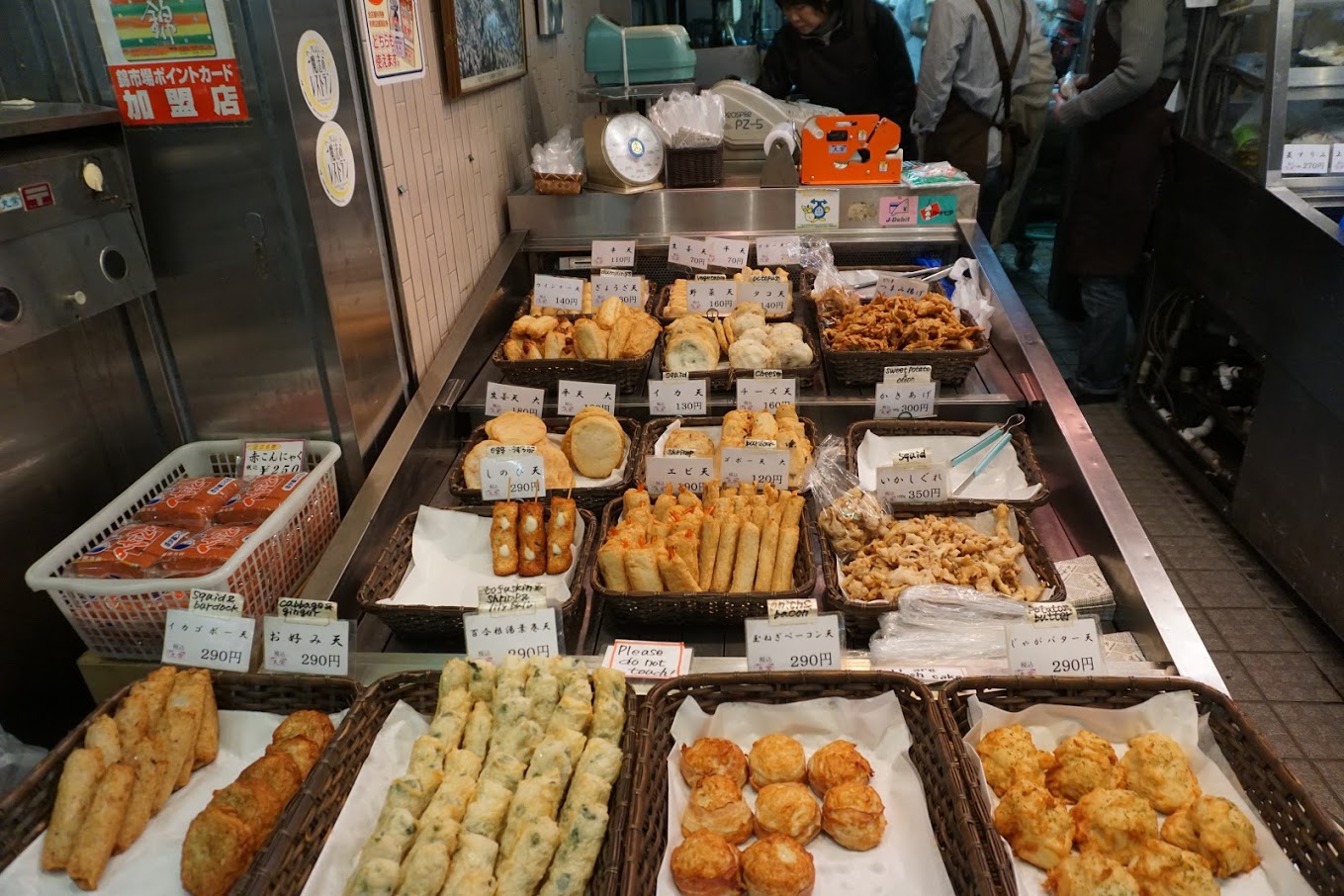
Kyoto Botanical Garden
We love botanical gardens and we decided not to skip Kyoto’s unique corner of plant paradise. We visited in December but still found it surreal and beautiful. The glass house had so many colourful plants and orchids. We also found many old people visiting the botanical garden and we just loved the atmosphere. It was quiet, green and peaceful.
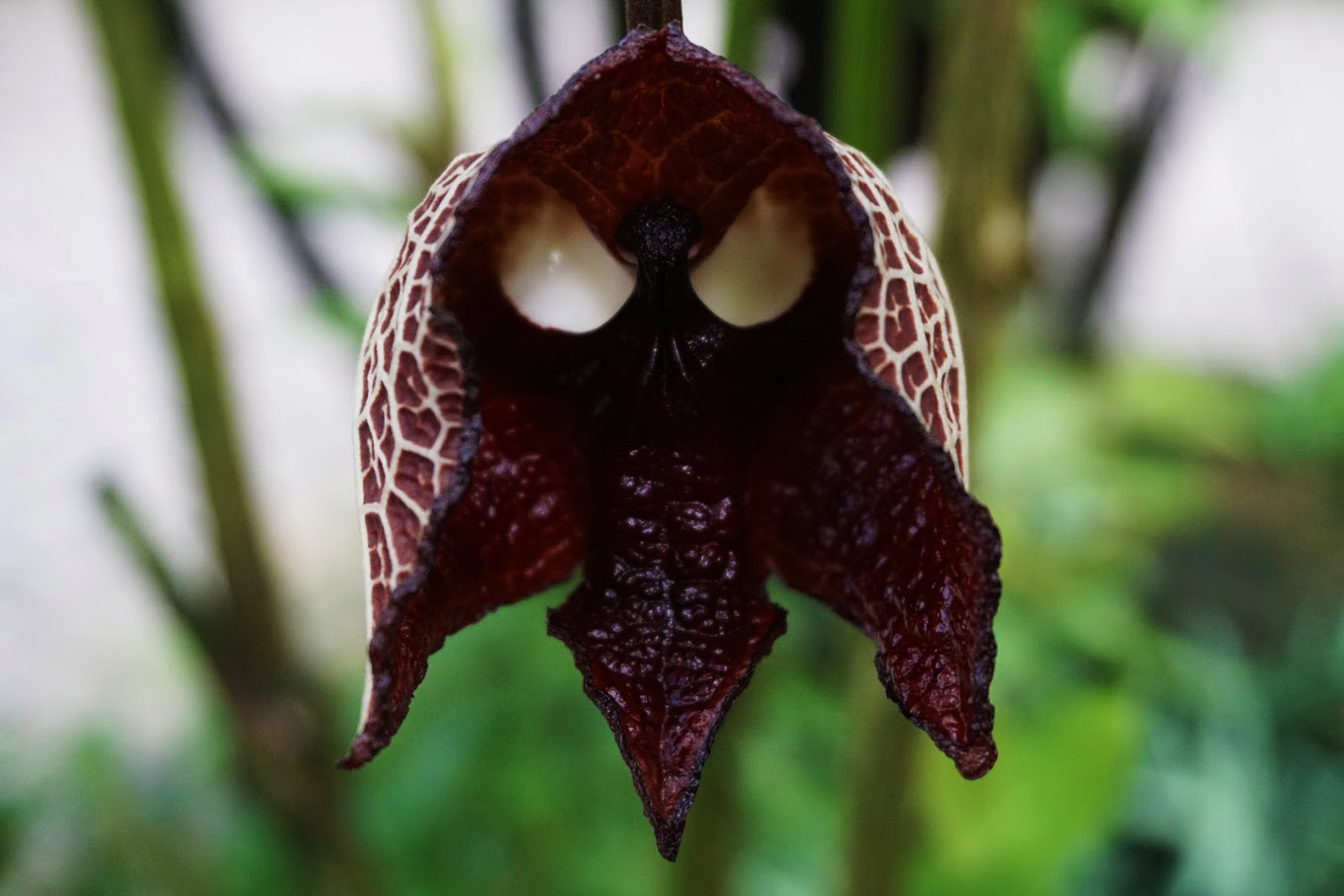
Kyoto Aquarium
The Kyoto aquarium features 9 zones and it is home to a giant salamander as well as penguins & seals. It is especially recommended if you plan on visiting Kyoto with kids.
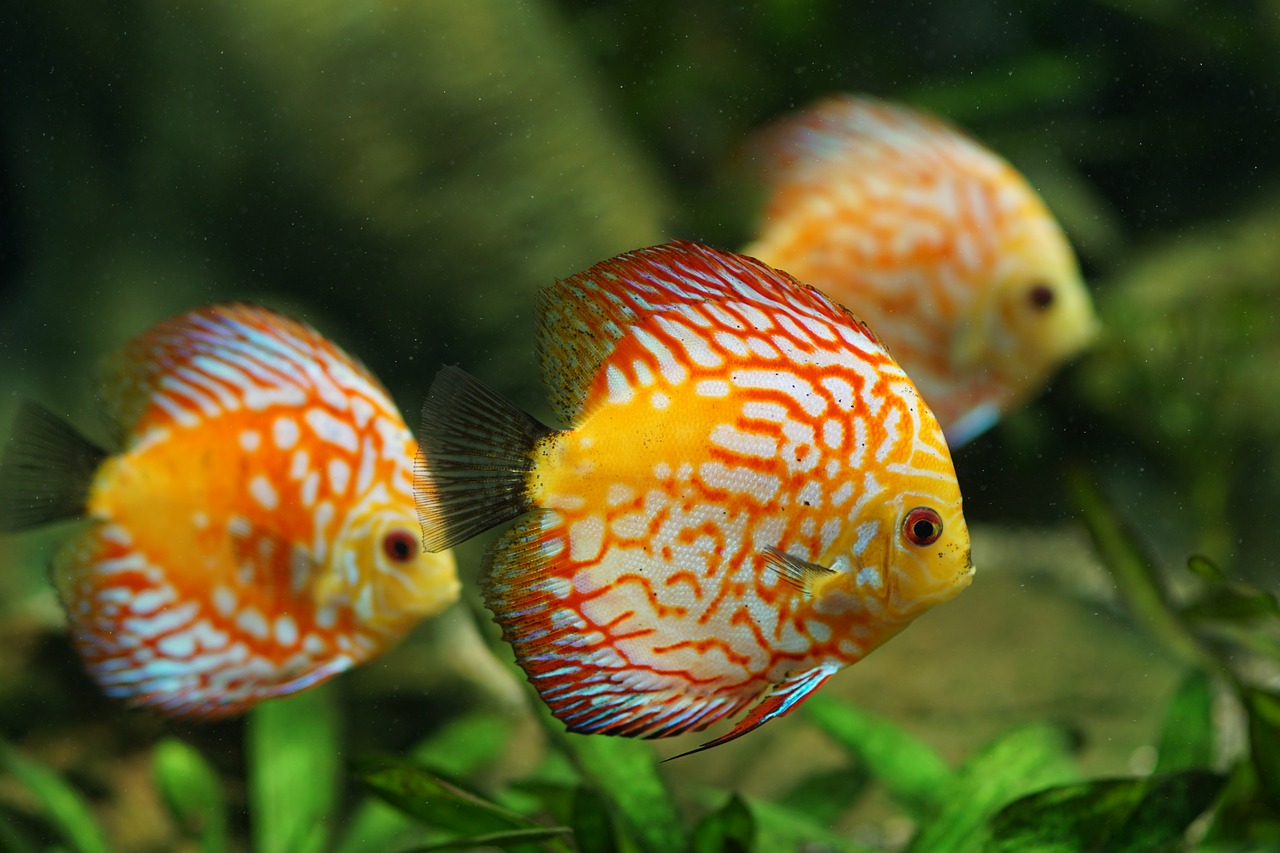
Pontocho
Pontocho is a narrow alleyway located in Kyoto. It is known to be an atmospheric dining area which stretches from Shijo-dori to Sanjo-dori. This area is full of restaurants which include modern and traditional cuisine. You can find some exclusive restaurants as well which don’t allow just anyone to dine in. You may also find several adult only places in the area.
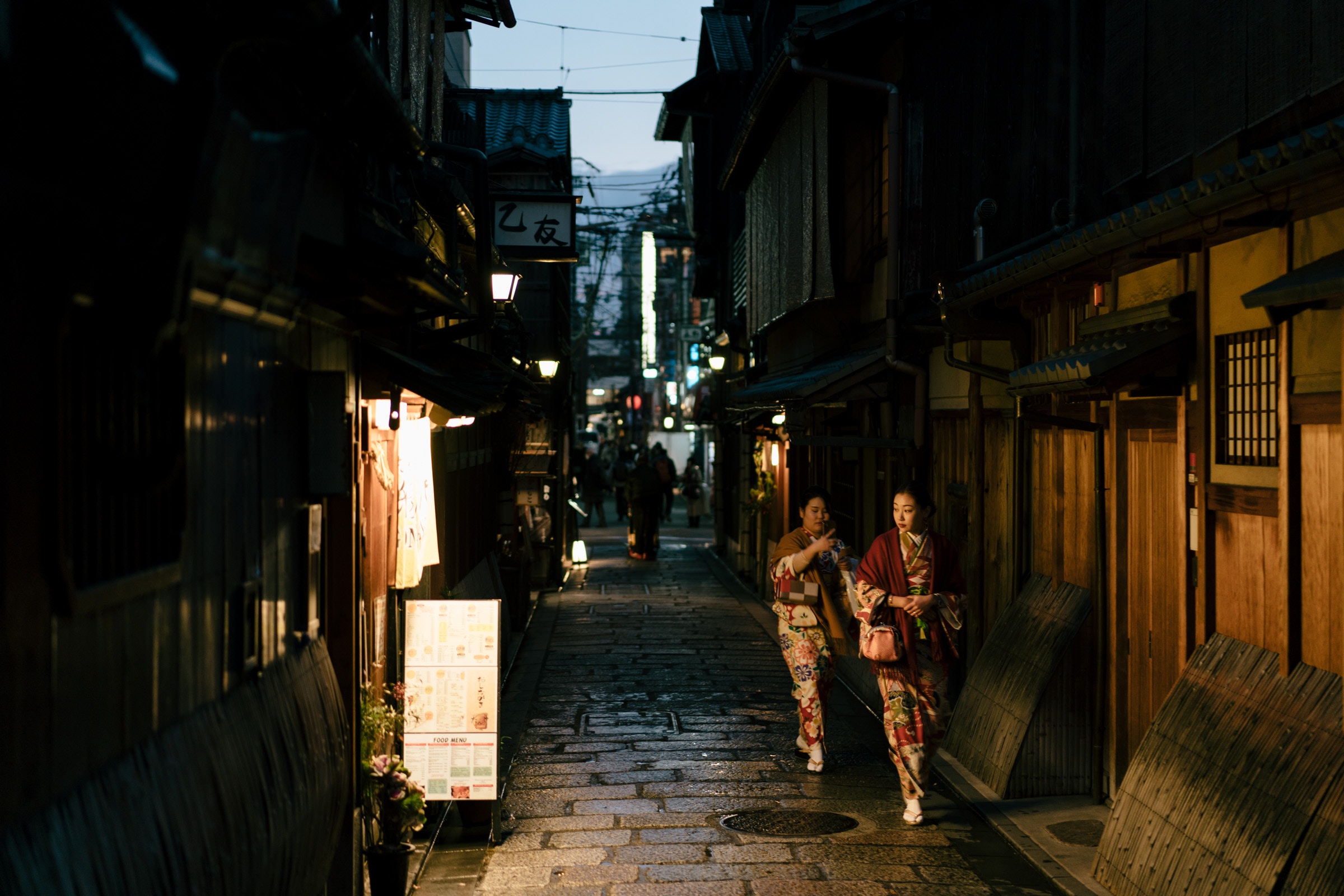
Kyoto Gyoen National Garden
This park surrounds the Kyoto Imperial Palace. You can go and visit it free of charge. It looks especially stunning in the afternoon when the sun is about to set. You can also get an English guide for the day to learn more about the garden and the Imperial Palace.
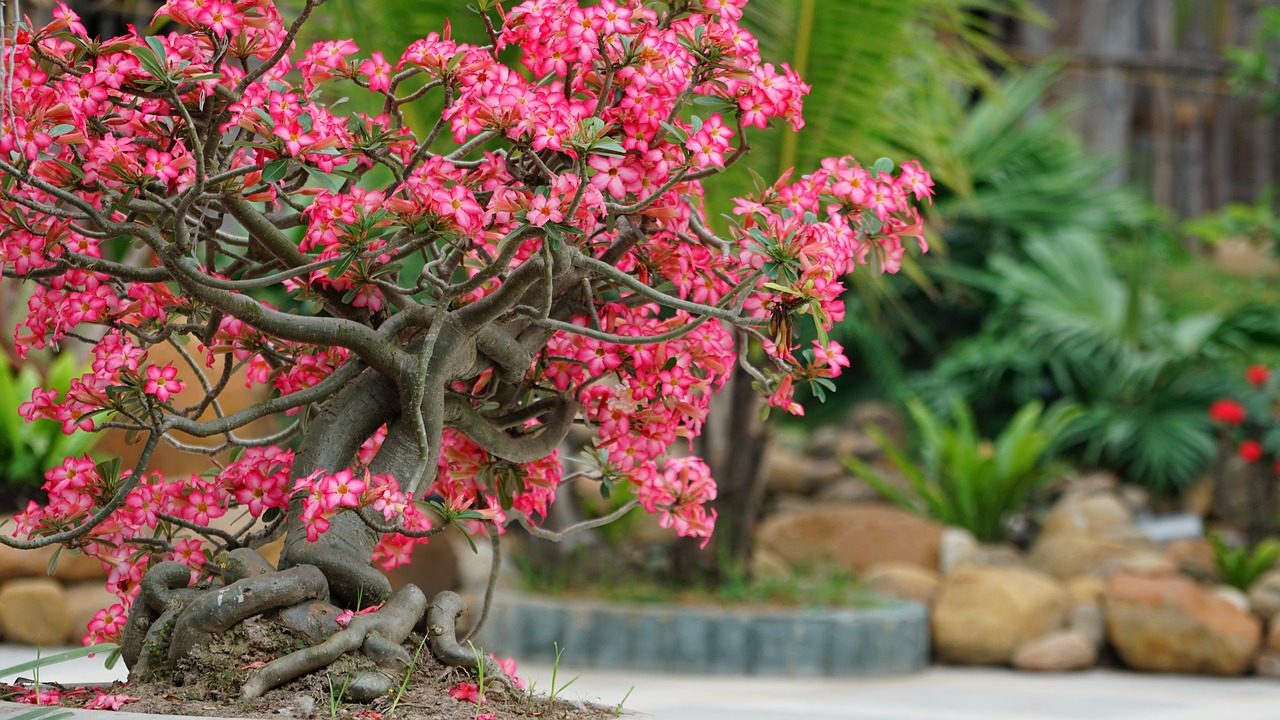
Ishibe Koji
Ishibe Alley is a beautiful, well-preserved street in Kyoto. The street is located just a few steps away from Kodai-ji Temple. Meander around, take pictures and enjoy the local establishments full of sweets and traditional tea. Some of the houses are residential, whilst others have been transformed into gorgeous ryokans.
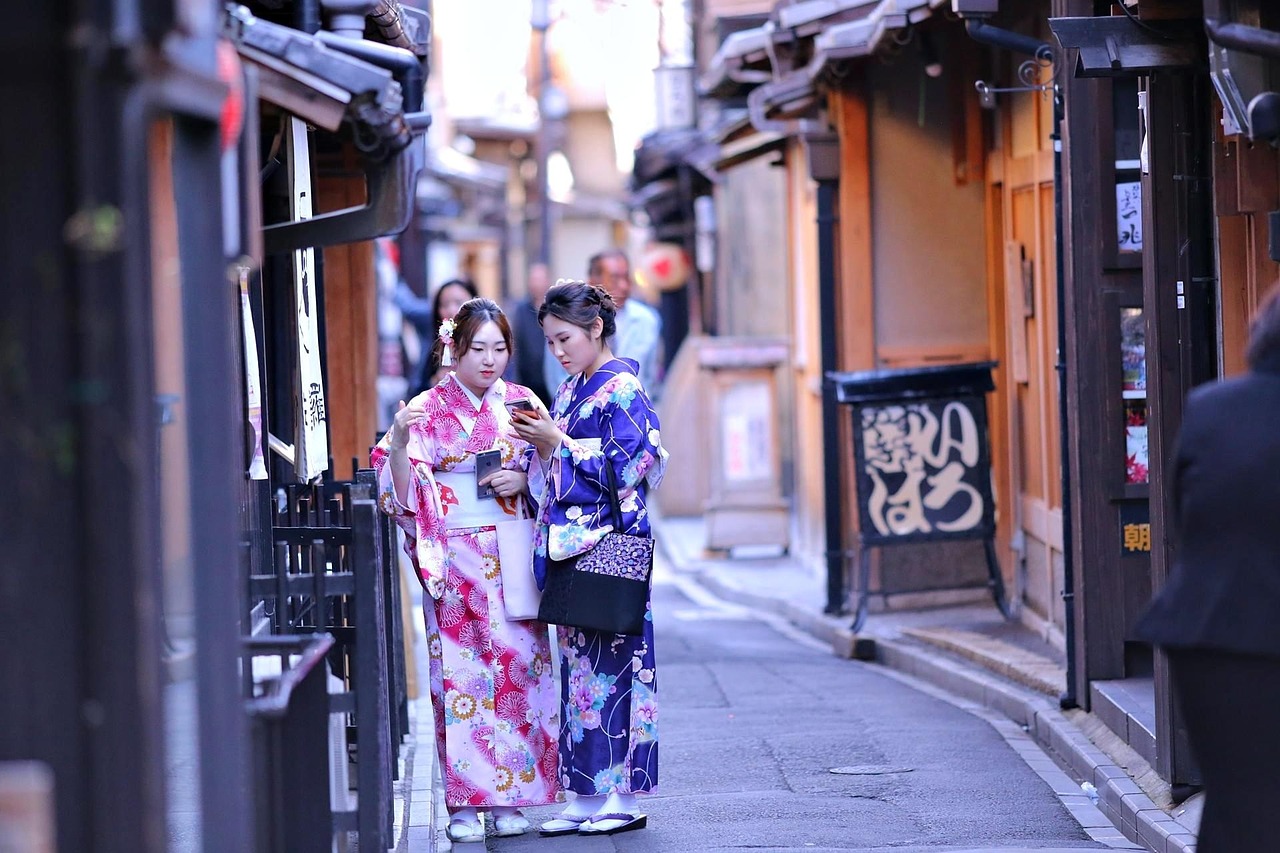
Gio-Ji Temple
Gio-Ji Temple is a rather small temple tucked away in Arashiyama. It is well known for its moss-covered grotto. Gio-Ji Temple is best described as charming and ethereal.
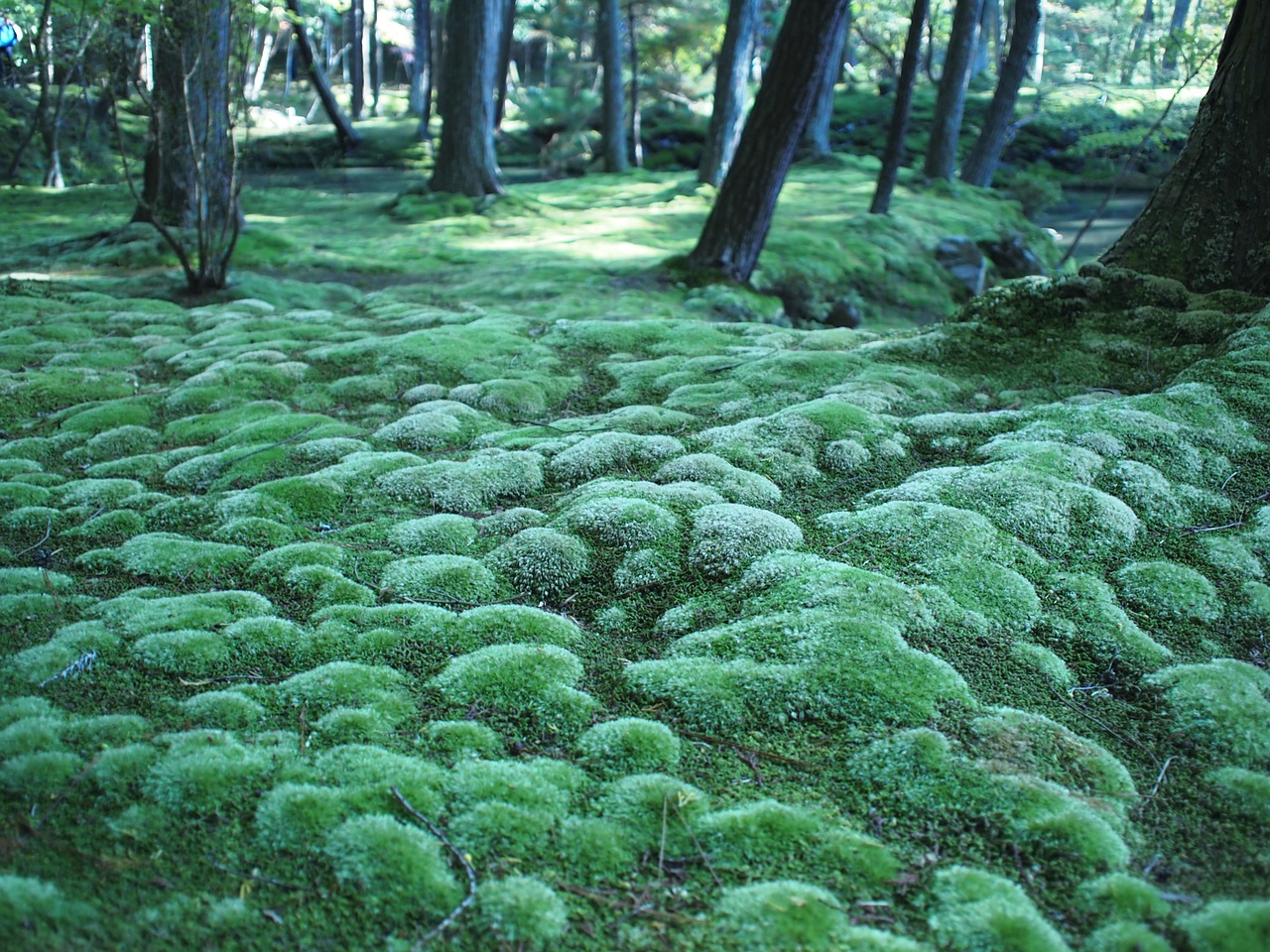
Kyoto Museum of Traditional Crafts
What better way to understand Kyoto than by visiting its museums of traditional crafts? See various traditional items on display and don’t forget to pick your souvenirs from the gift shop. The Kyoto Museum of Traditional Crafts is a great place to discover unique, traditional items which you can only find in Japan.
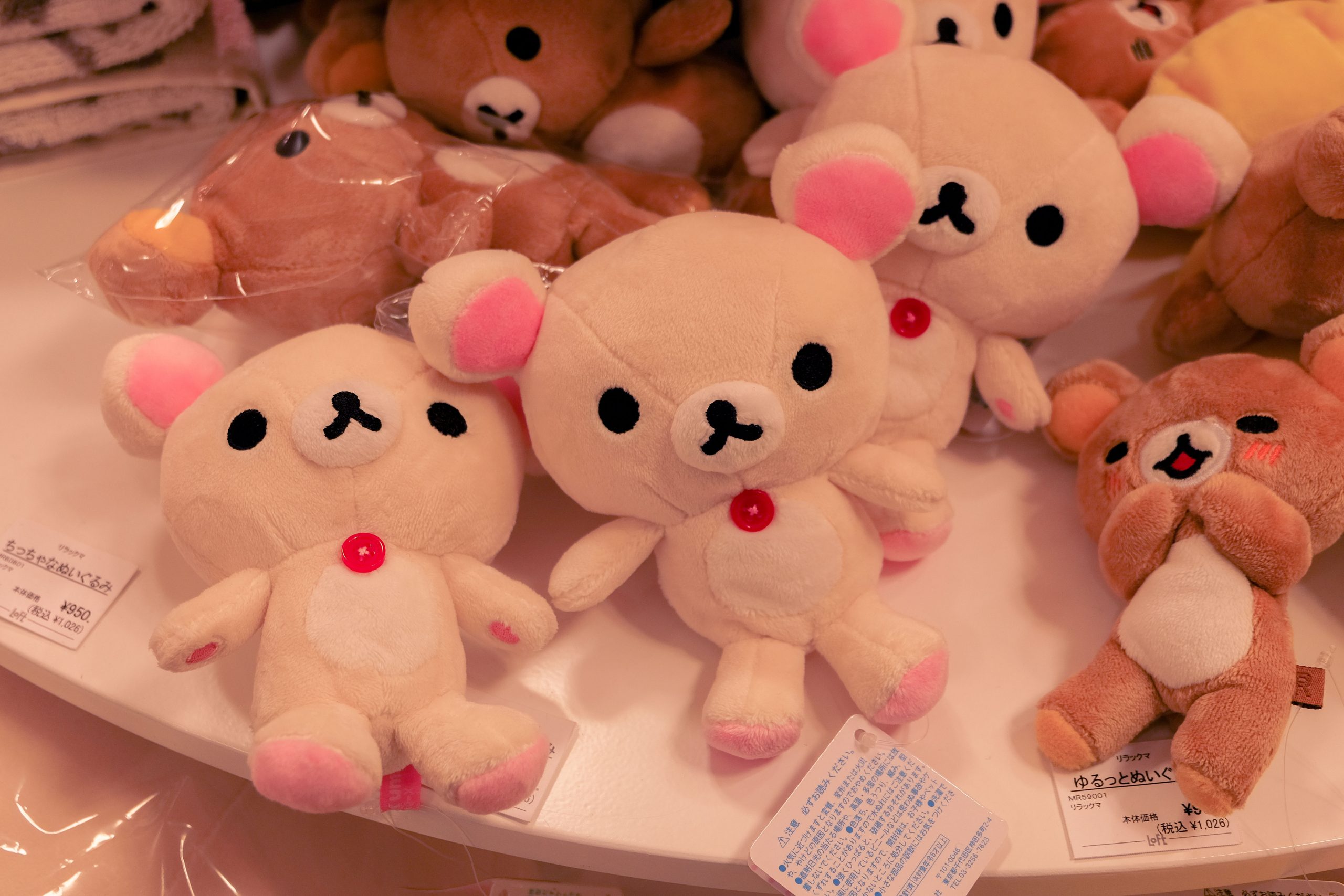
Matsuo Taisha
Matsunoo-Taisha is a Shinto shrine located relatively close to Arashiyama. Founded in 701, this Shinto Shrine is one of the most ancient spiritual places in Japan. It is well known for its gardens and sake barrels.
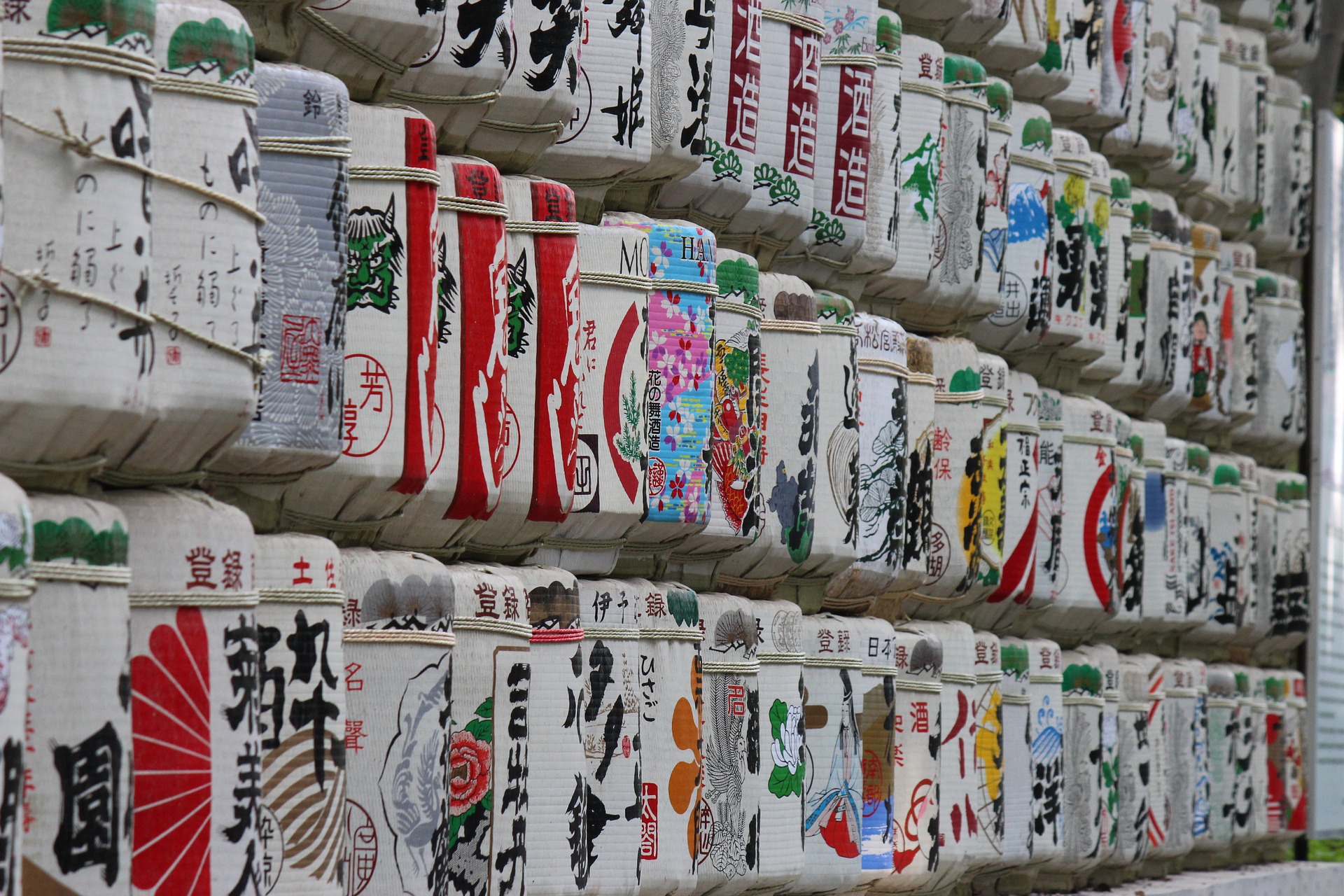
Togetsukyo Bridge
Togetsukyo is a 155-meter bridge located in Arashiyama. This bridge gets relatively crowded during the Autumn leaves festival. The name of the bridge means “moon crossing” because this is where Emperor Kameyama went boating on the river under a full moon. He said that the moon looked like it was crossing the bridge.
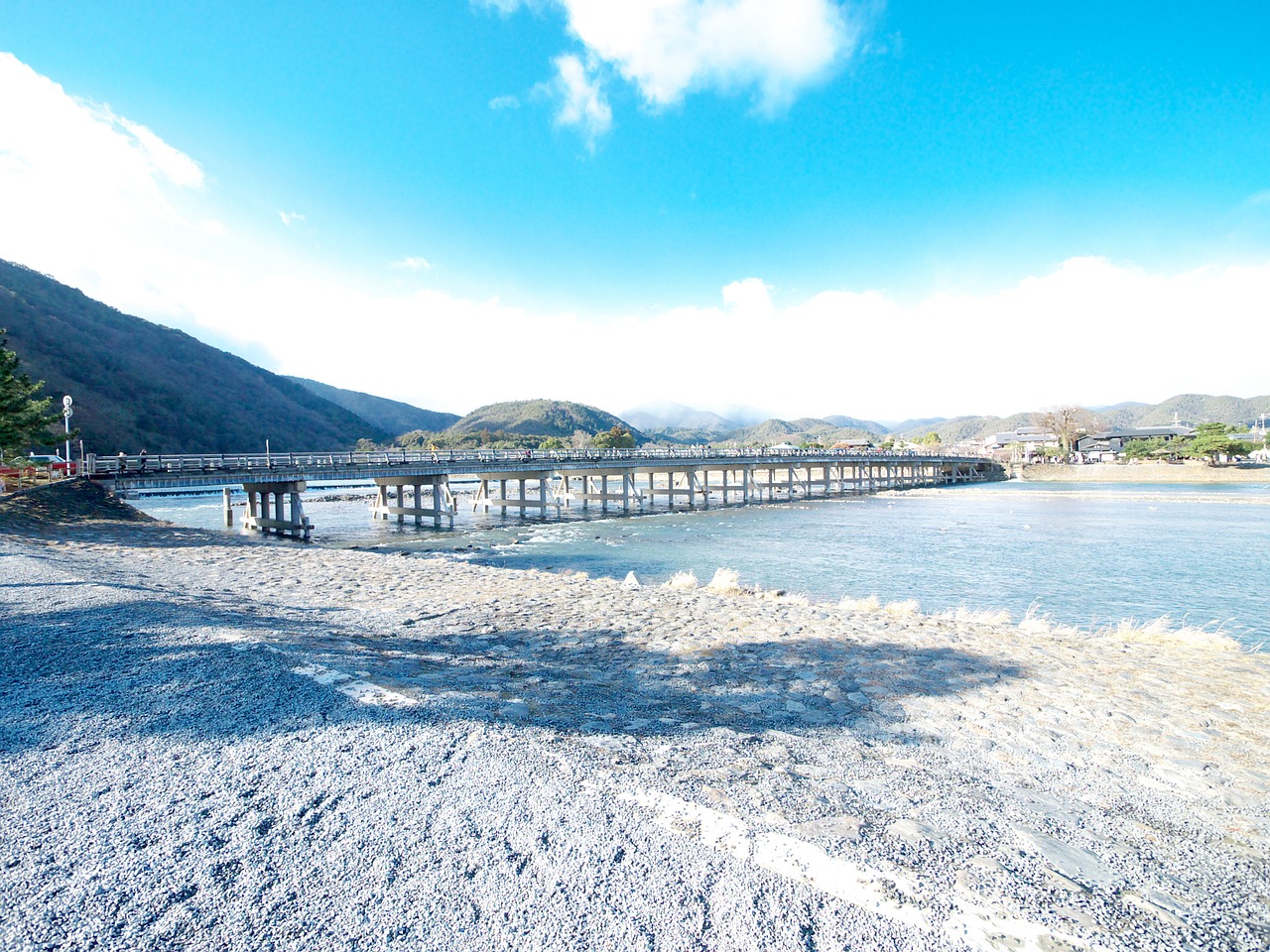
Kamogawa
The Kamo River in Kyoto is a popular spot for locals and tourists, especially during the cherry blossom festival. Many walk on the riverbanks in the evening. During summertime, some restaurants open their balconies to offer views of the river.
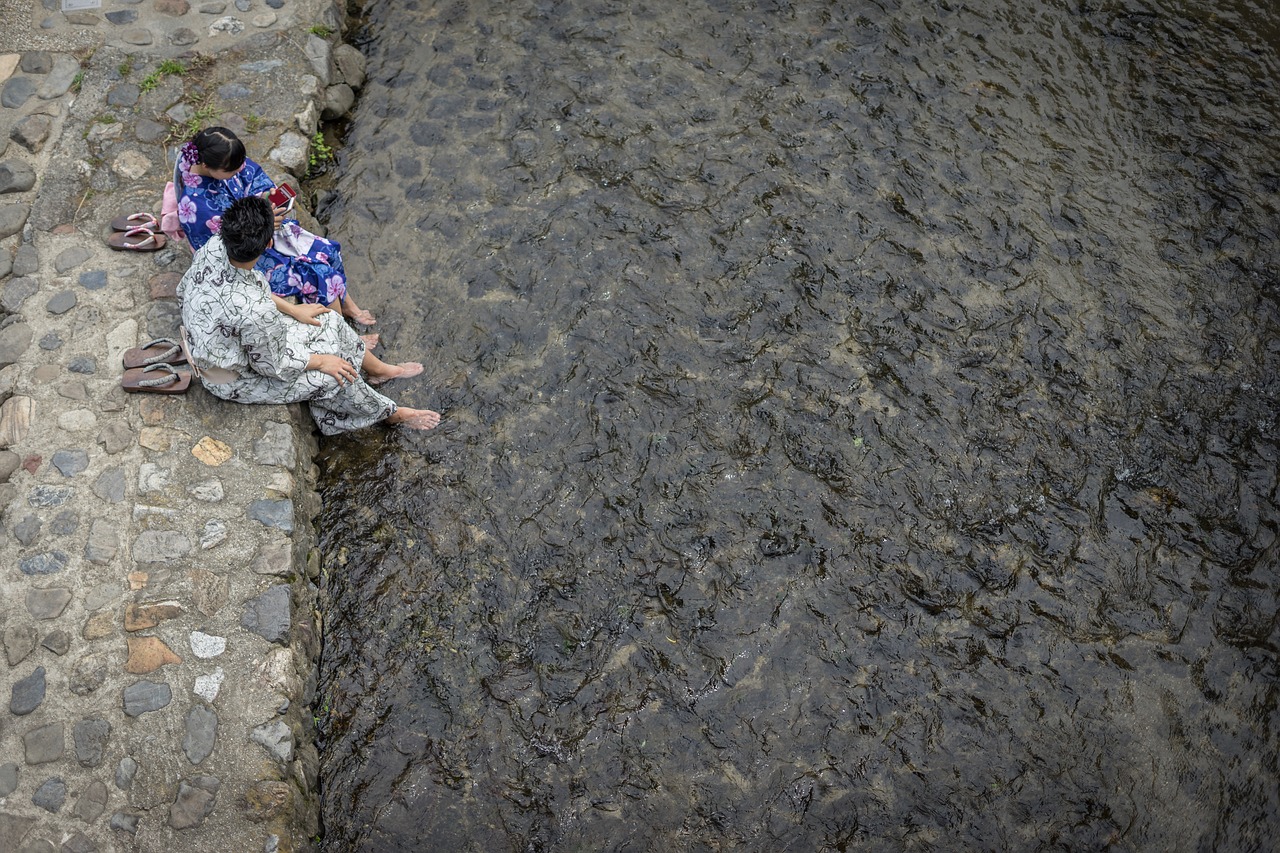
Minamiza Kabuki Theater
Minami-za is the main kabuki theatre in Kyoto, founded in 1610. Minami-za is one of the earliest of the seven officially licensed Kabuki theatres built in the early Edo period. Kabuki theatre is known to be the classical Japanese dance-drama where performers wear elaborate costumes and make-up.
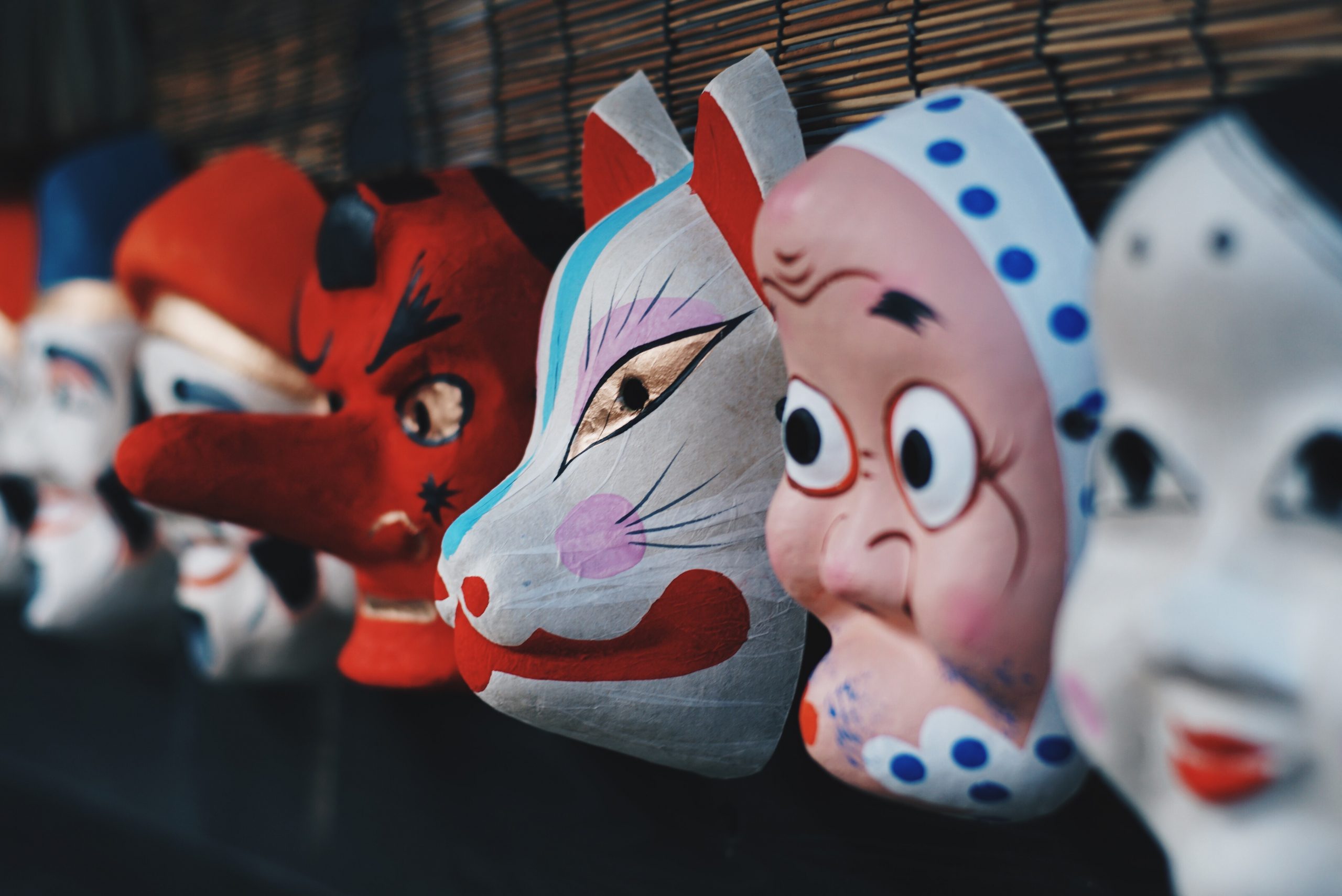
Kyoto Municipal Museum of Art
The Kyoto Municipal Museum of Art is one of the oldest art museums in Japan. The main hall is being renovated but there are various exhibitions available for visitors. The temporary art exhibitions bring wonderful pieces from all around the world. This is a must for culture seekers.
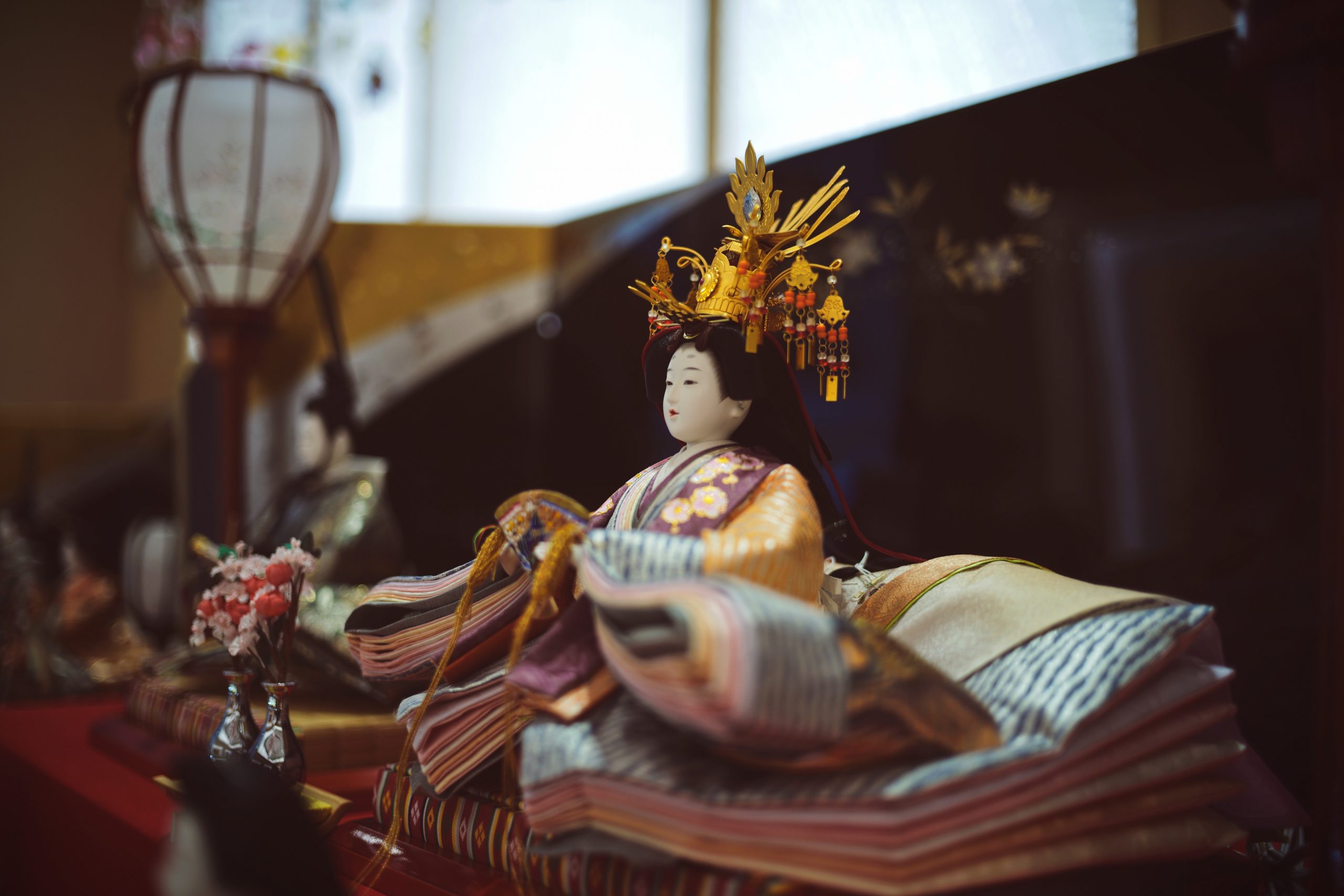
Mibudera
Mibu-dera is a Buddhist temple established in AD 991 by the monk Kaiken. If you visit at the right time, you will see performances of kyogen, which is a form of traditional Japanese comic theatre. You can read more about the play schedule here.
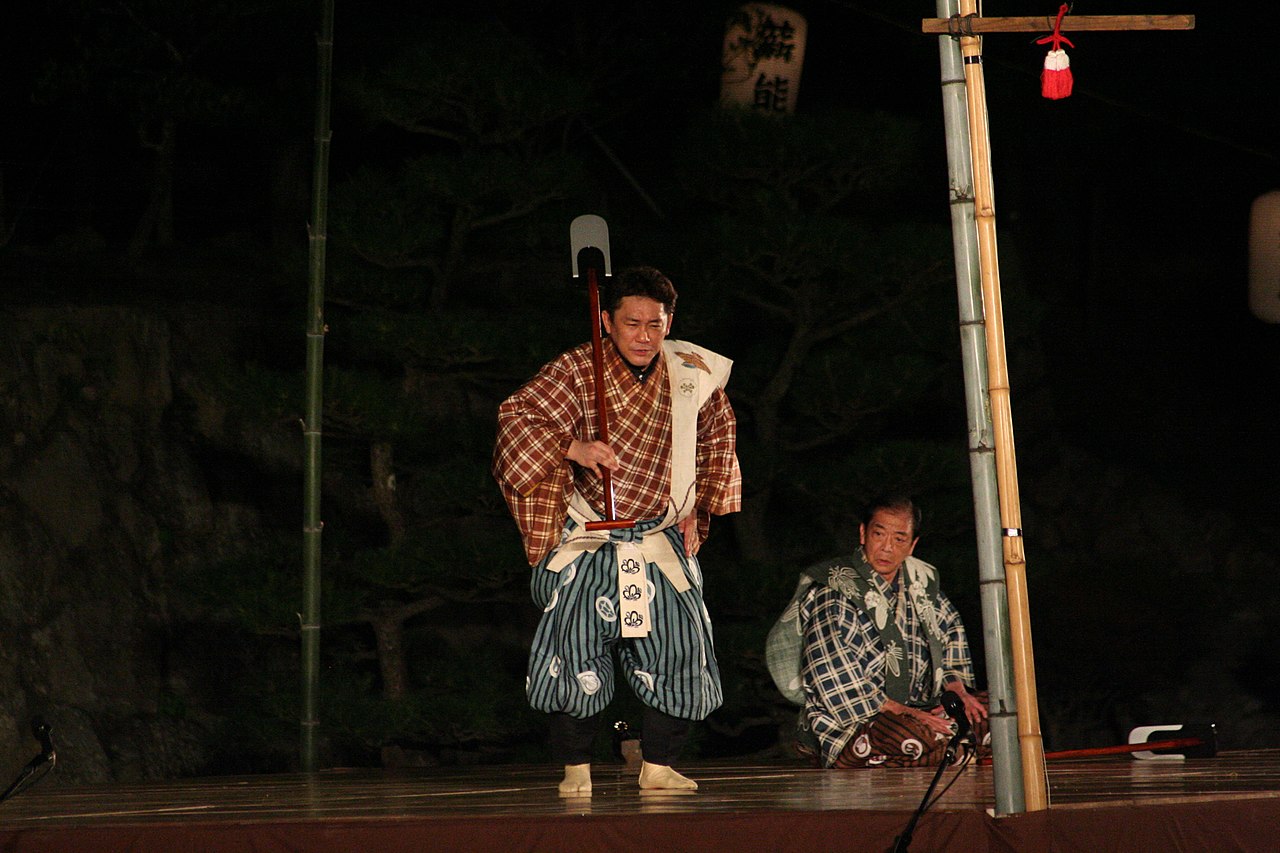
Gekkeikan Okura Sake Museum
Want to learn more about traditional drinks in Japan? Visit the Gekkeikan Okura Sake Museum which offers a sake sample as part of the price. Understand how sake is produced and what makes the best sake in the world.
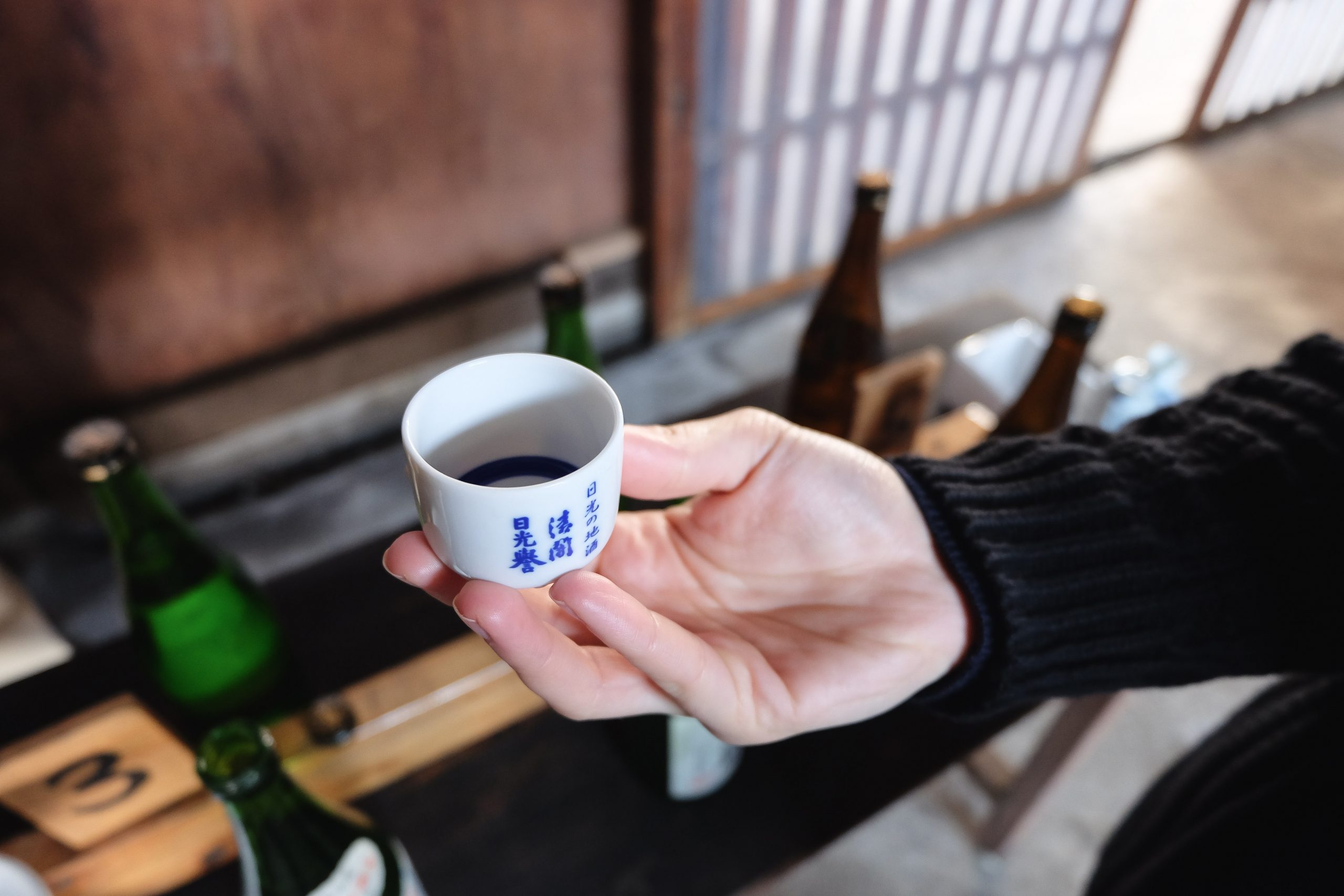
Teramachi Street
Teramachi Street is a shopping arcade street. Teramachi Street is brilliant for shopping purposes whether you want to buy new clothes, enjoy a few snacks or hunt for traditional Japanese souvenirs for your loved ones.
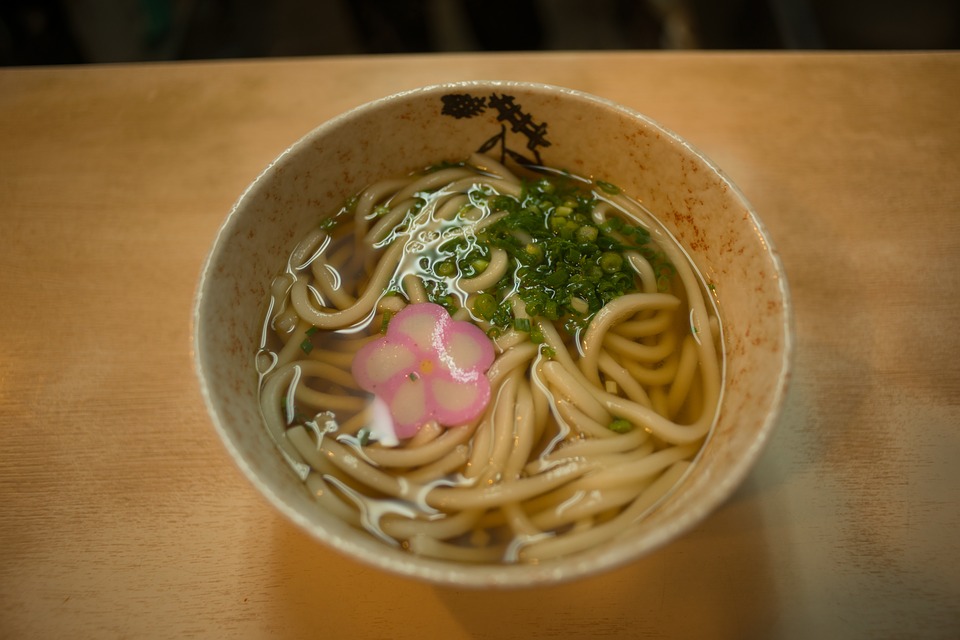
Geisha Makeover
Want to dress up as a Geisha for a day? You can visit a Kyoto atelier which offers Geisha makeovers. We had an Oiran makeover in Tokyo and absolutely loved it. We know there are several branches which offer the same services in Kansai area as well. It’s a unique experience which we strongly recommend. Click here to book your makeover.
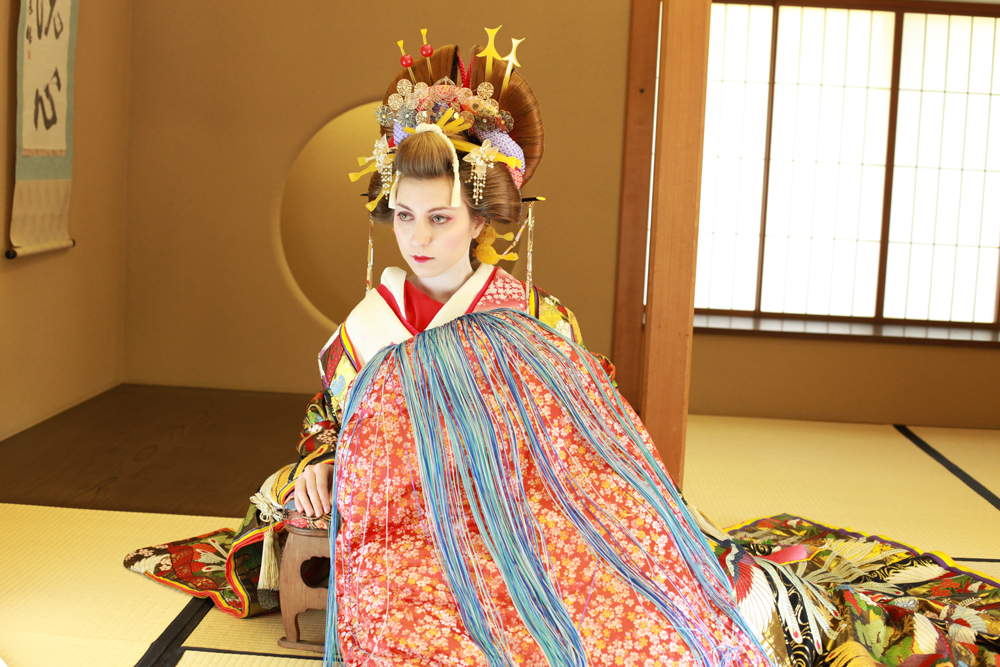
Otagi Nenbutsu-Ji
Nestled at the foot of the Arashiyama mountains, Otagi Nenbutsu-ji is my favourite little temple I visited in Kyoto. Otagi Nenbutsu-Ji was founded in the 8th century and it is home to over 1200 unique whimsical statues covered in moss.
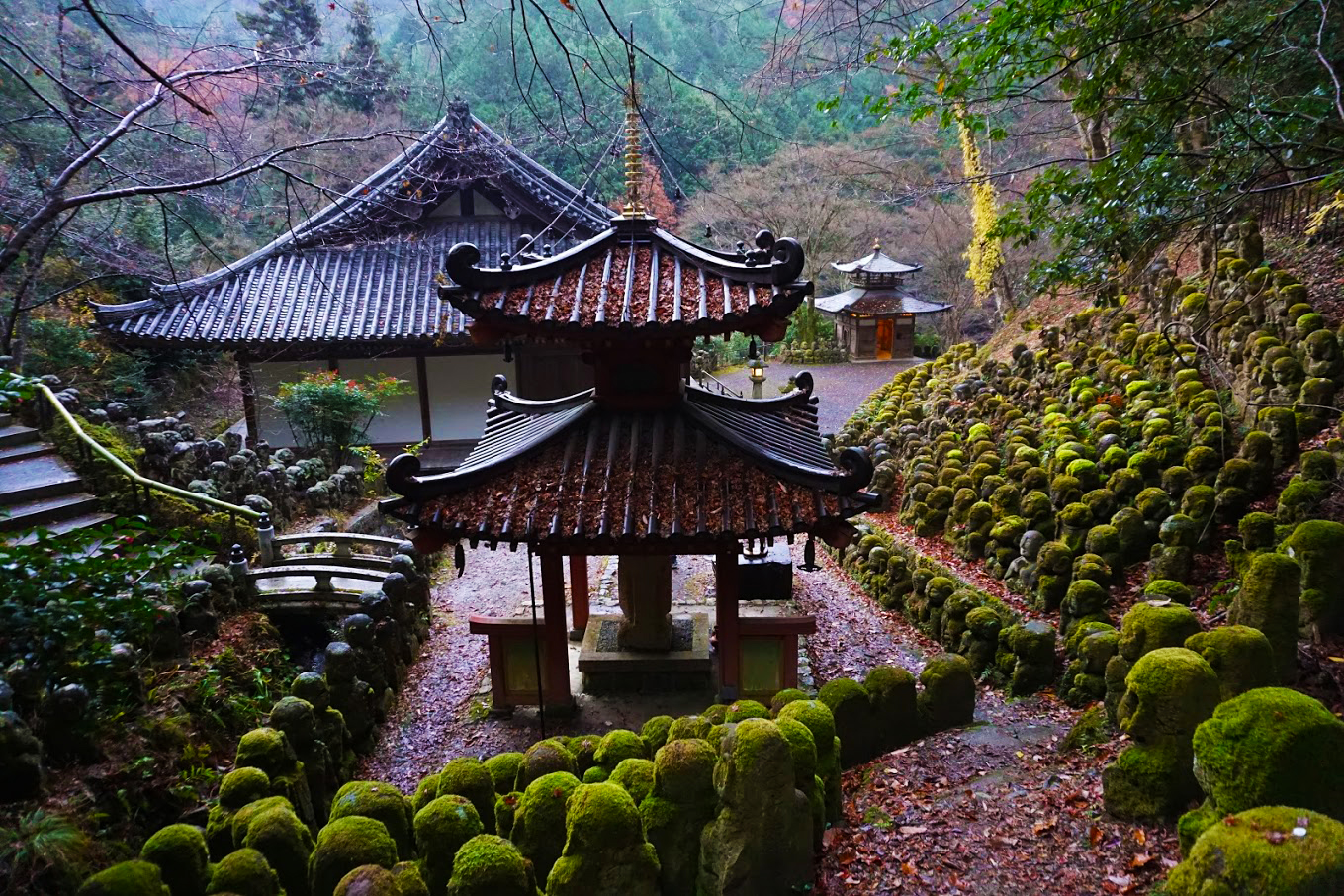
Ramen Making Experience
Kyoto is renowned for its incredible food and what better way to learn how to make it once your holiday is over than by attending a ramen making class. See how ramen its made and get a guidebook to take home with you. You will make ramen with a Japanese chef and learn the secrets of making those delicious noodles.
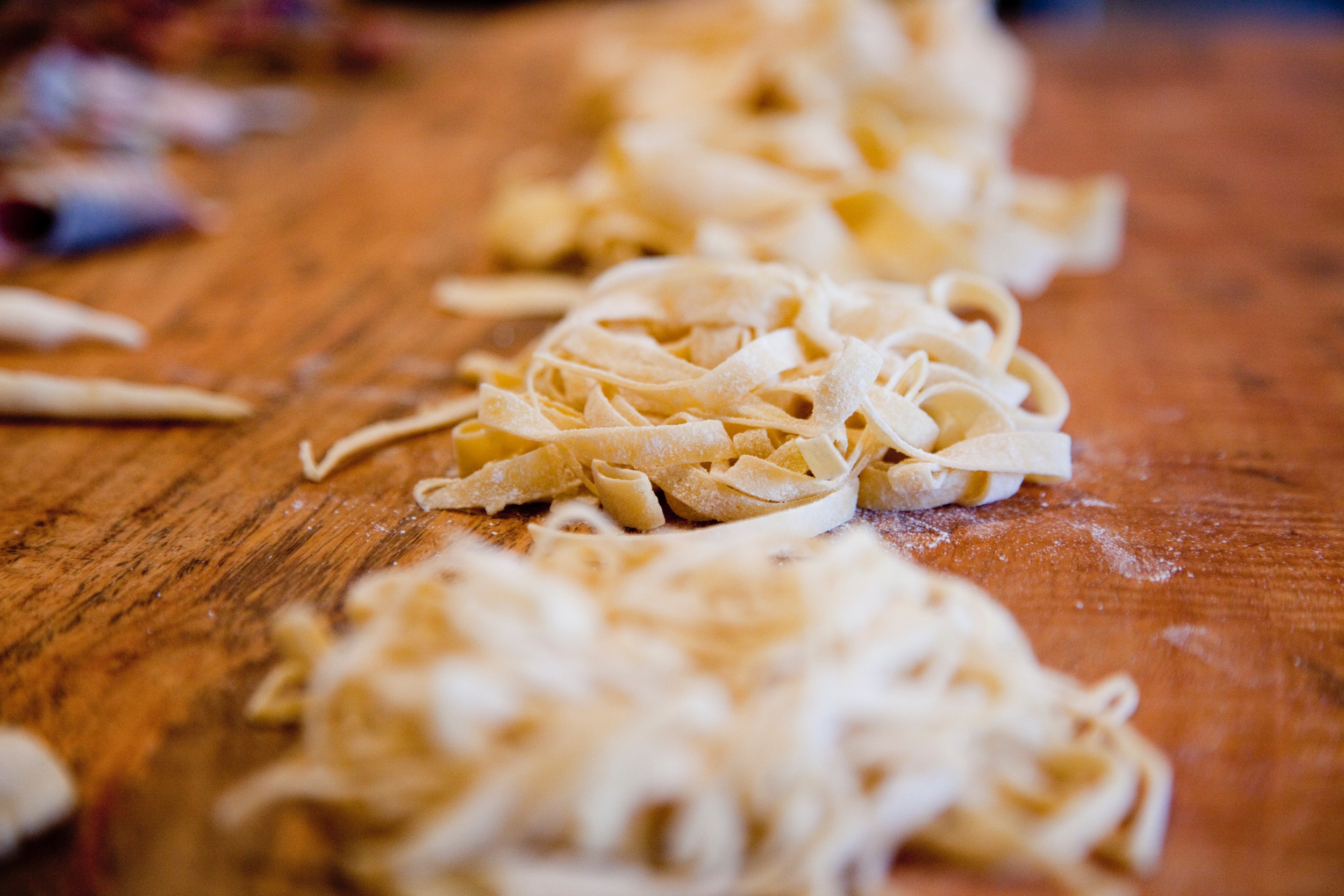
Stay in a Ryokan
We recommend reserving at least one night in a traditional ryokan in Kyoto. Most ryokans have their own onsen facilities and offer kaiseki dinner as well as breakfast included. Prices can be a bit higher than other hotels, but it’s a superb, relaxing experience.
Those who want to experience ancient Japan, can find it at the 450 years old Heihachi Tea House Inn, a 5-minute walk from Shugakuin Station. It features a Japanese steam sauna, an exquisite garden and traditional cuisine.Located along the Takano River, Tea House Inn Heihachi boasts a garden where guests can enjoy cherry blossoms in spring or colourful autumn leaves. Its 400-year old Kigyumon Gate comes from a Zen Buddhist Temple. The hotel is surrounded by nature, and it offers views of Mount Hiei.
Built in the Sukiya-style of around 1900, Yadoya Manjiro features Japanese-style rooms with relaxing garden views. The inn is a 5-minute walk from Kiyomizu-dera Temple and offers concierge services and a shared lounge. Free WiFi is also available.Tranquil rooms feature low furniture and traditional futon bedding on tatami (woven-straw) floor, paper screens and Japanese art decorations. They are fitted with a fridge and a safe.The Japanese-style inn is a 1-minute stroll from a number of restaurants and a 5-minute walk from a convenience shop or bus stop. JR Kyoto Station is a 10-minute taxi ride.
Ideally located just a 2-minute walk from lively Nishiki Market and Ponto-cho Street, Matsui Honkan boasts large public baths and chic Japanese-style rooms. It is within a 10-minute walk from Shijo, Karasuma and Kawaramachi subway stations. Free Wi-Fi is provided at the public area.Fitted with tatami (woven-straw) flooring and traditional futon bedding, each room offers a relaxing ambience and facilities like a flat-screen TV, a fridge and a telephone. Yukata robes and tea sets are available in the room. The en suite bathroom has a bath tub and free toiletries.
Calligraphy in Kyoto
Discover the soul of Japanese culture and learn the art of calligraphy in Japan. Practice shodo with a master of calligraphy and take home your own souvenir. We loved our guided practice and enjoyed learning so much about cultural Japan. We recommend asking your ryokan or hotel to find a studio which can teach you more about calligraphy.
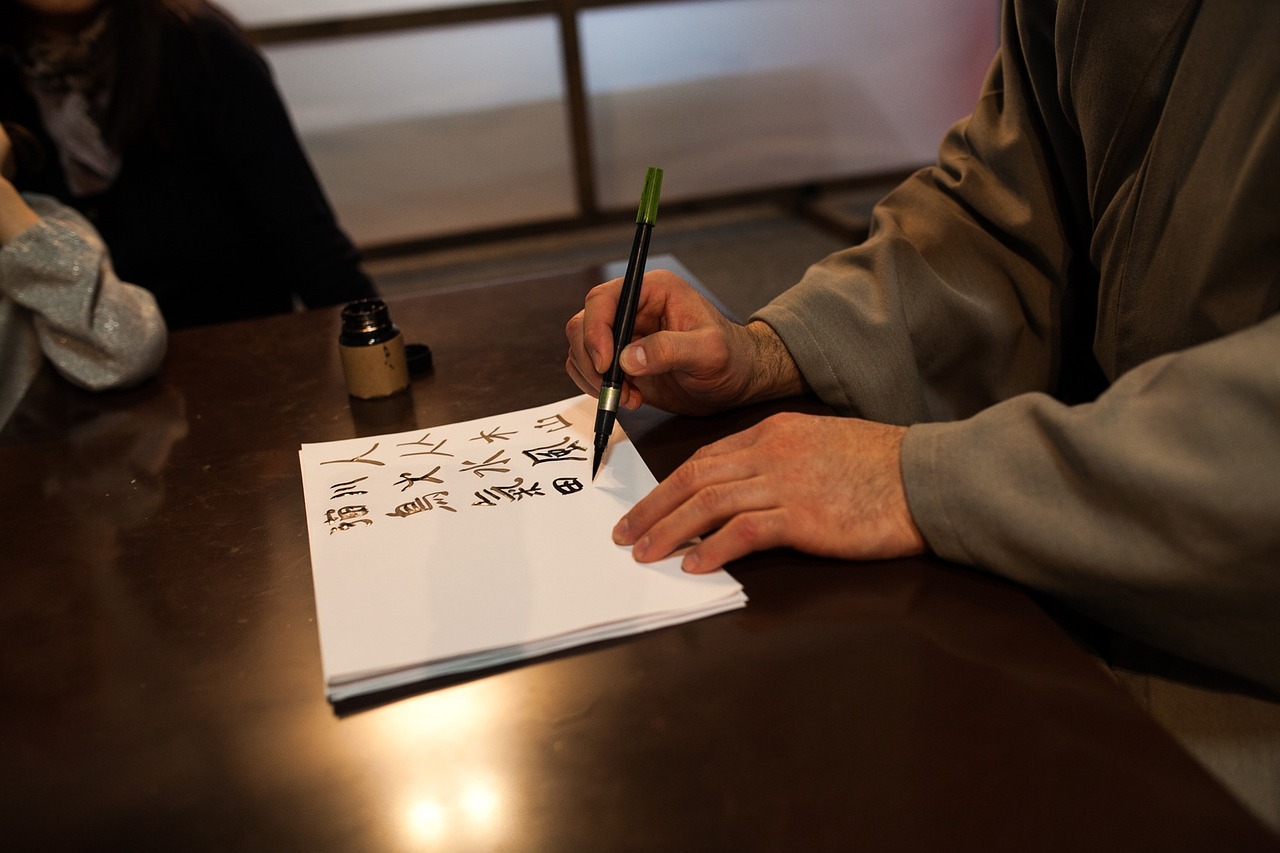
Flower Arrangement
Start your day in Kyoto with a morning Ikebana class. Learn about the history of ikebana and how to cute and make beautiful angles with flowers and trees. You can try your own flower arrangements by using special tools provided for you. You can book your class here.
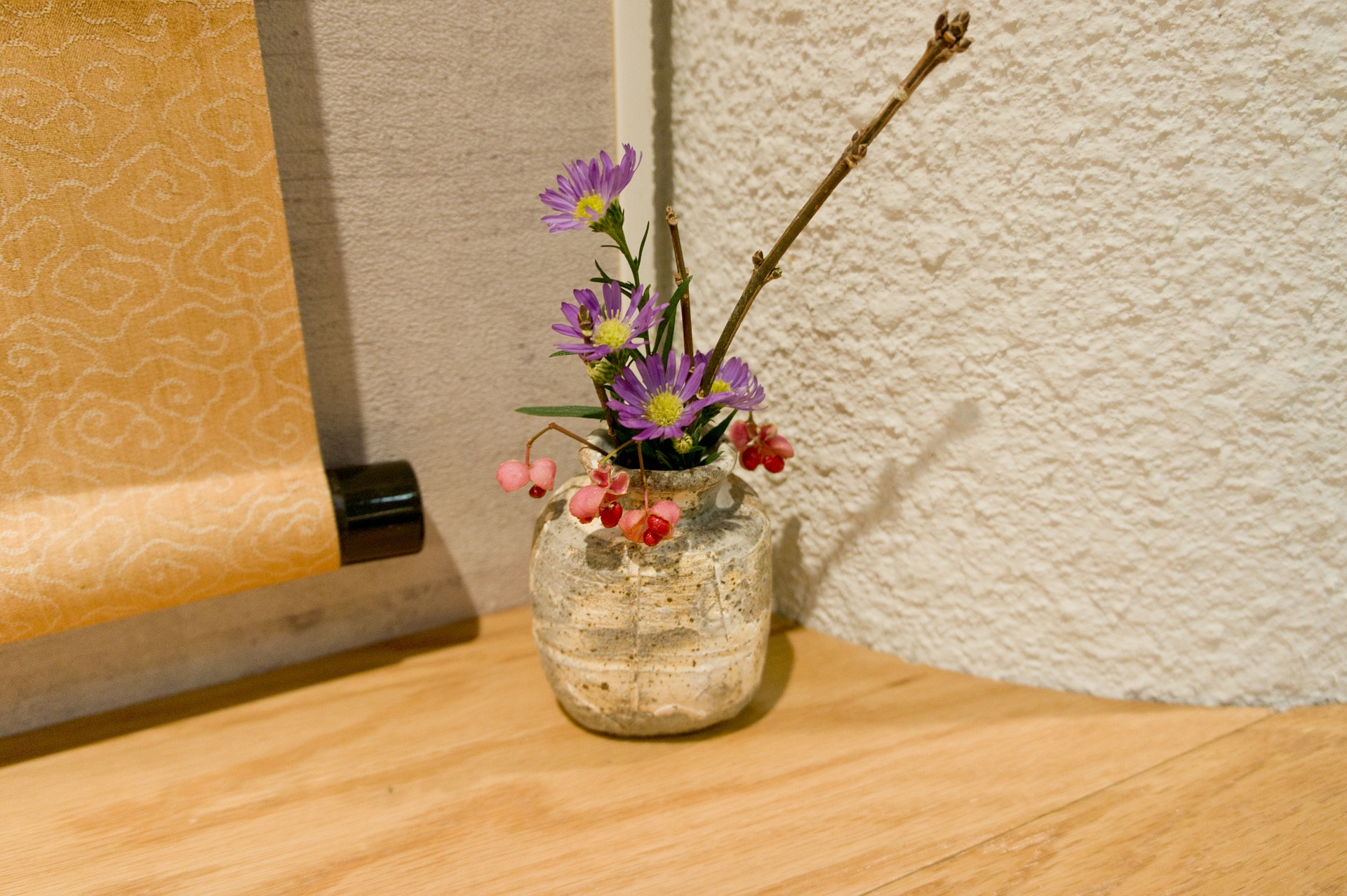
Are you ready to enjoy the best things to do in Kyoto? What will you start with? Leave a comment below and let us know all about your upcoming trip to Kyoto.
More about Japan
- 7 days in Japan itinerary
- 2 weeks in Japan itinerary
- 3 weeks in Japan itinerary
- Things to do in Japan
- Where to stay in Kyoto
- 2 days in Kyoto
- Kyoto Temples
- 5 days in Kyoto itinerary
- Is Japan expensive?
- Planning a trip to Japan
- What to pack for Japan
Frequently Asked Questions
Is 2 days enough for Kyoto?
Based on my experience, I would say that 2 days in Kyoto can give you a taste of the city, but it feels a bit rushed. However, if you plan well and focus on the must-see attractions, it is still possible to have a worthwhile visit. On the first day, I would recommend exploring iconic sites like Kinkaku-ji (Golden Pavilion) and the charming Arashiyama Bamboo Grove. The second day could be dedicated to visiting Fushimi Inari Taisha with its famous torii gates and exploring historical landmarks like Nijo Castle.
If you have the flexibility to extend your stay, I would highly recommend adding a few extra days to truly appreciate the beauty and tranquillity of Kyoto.
What is Kyoto most famous for?
Kyoto is most famous for geisha, zen gardens, and beautiful temples. Geishas are elegant performers in traditional clothing, and you can often catch a glimpse of these special entertainers in the Gion District. The city’s tranquil Zen gardens, like the one at Ryoan-ji Temple, provide peaceful spaces for reflection. Kyoto is also associated with Japanese tea culture, offering tea ceremonies where you can learn about the traditions and enjoy the taste of green tea. With 17 UNESCO World Heritage sites, Kyoto is recognized for its rich cultural heritage and ancient monuments.
Is Kyoto expensive?
Kyoto can be moderately expensive, but it ultimately depends on your choices and travel style. It is fair to say that Kyoto is more expensive than Osaka or even Tokyo. With some careful planning and budgeting, it’s absolutely possible to enjoy Kyoto while managing your expenses.
Accommodation prices vary depending on the type of lodging you prefer, with luxury hotels and traditional inns generally being pricier. Don’t worry, though, there are budget-friendly options like hostels and guesthouses available as well.
Dining costs can also vary, but you can find affordable local eateries and street food to experience Kyoto’s delicious cuisine without breaking the bank.
Transportation in Kyoto is convenient and reasonably priced, especially if you utilize public buses and trains. When it comes to attractions, entrance fees can differ, so it’s worth prioritizing the sites that interest you most.
Keep in mind that peak seasons, such as cherry blossom and autumn foliage seasons, may see higher demand and potentially increased prices.
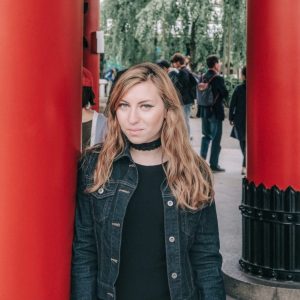
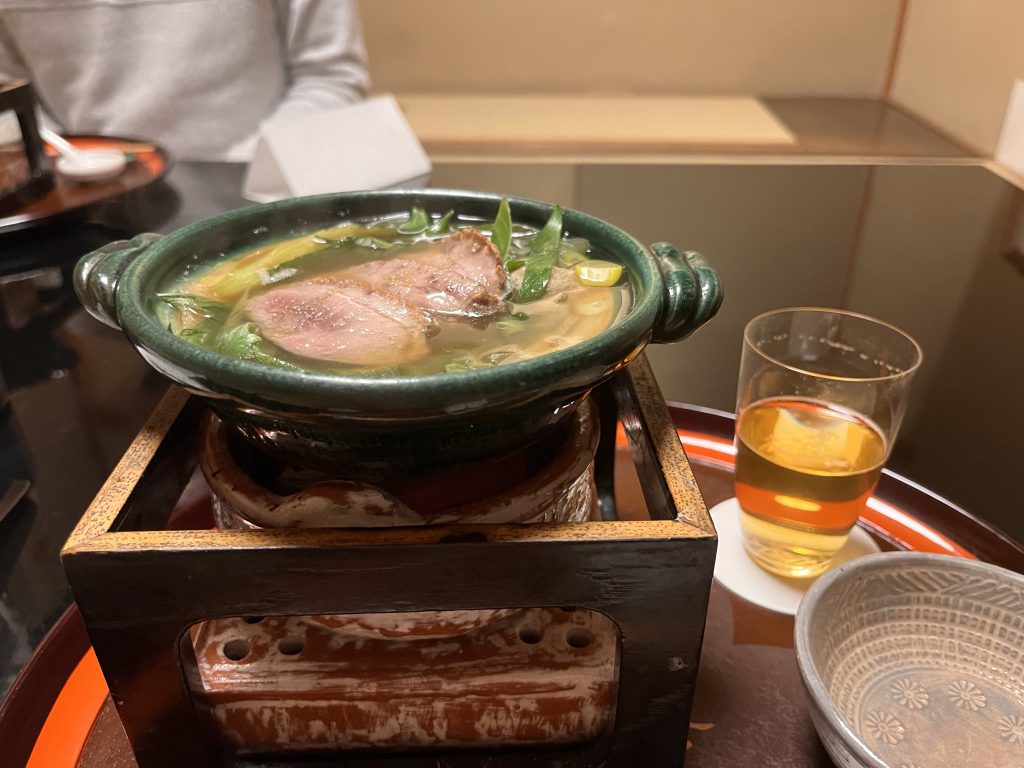
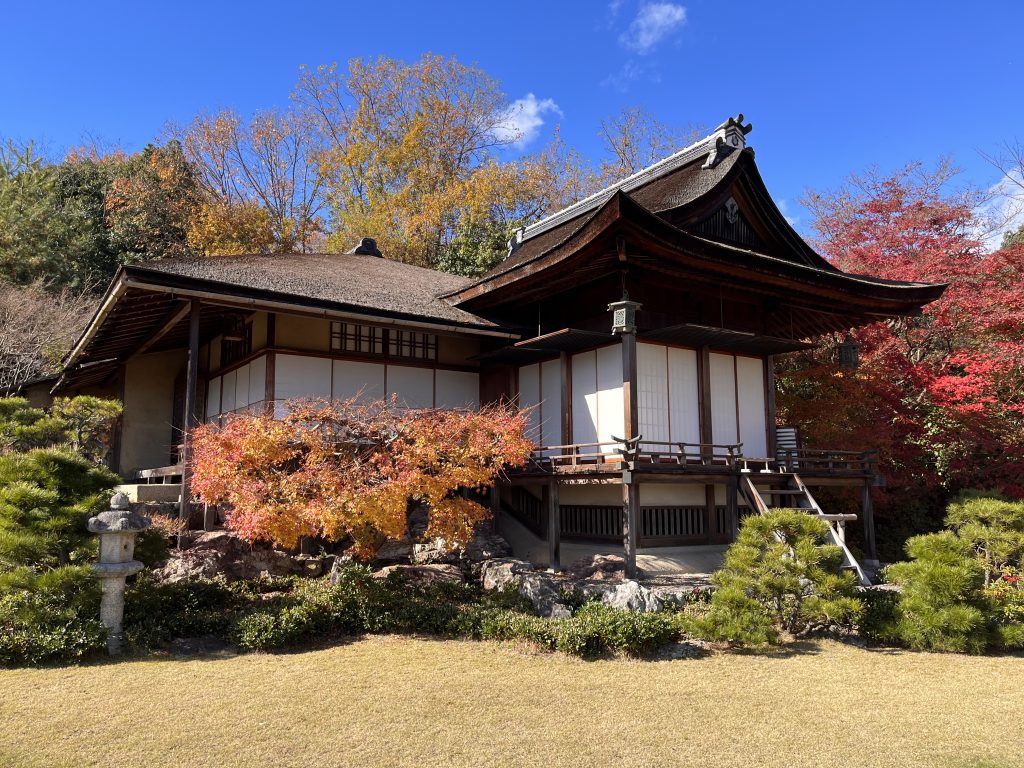
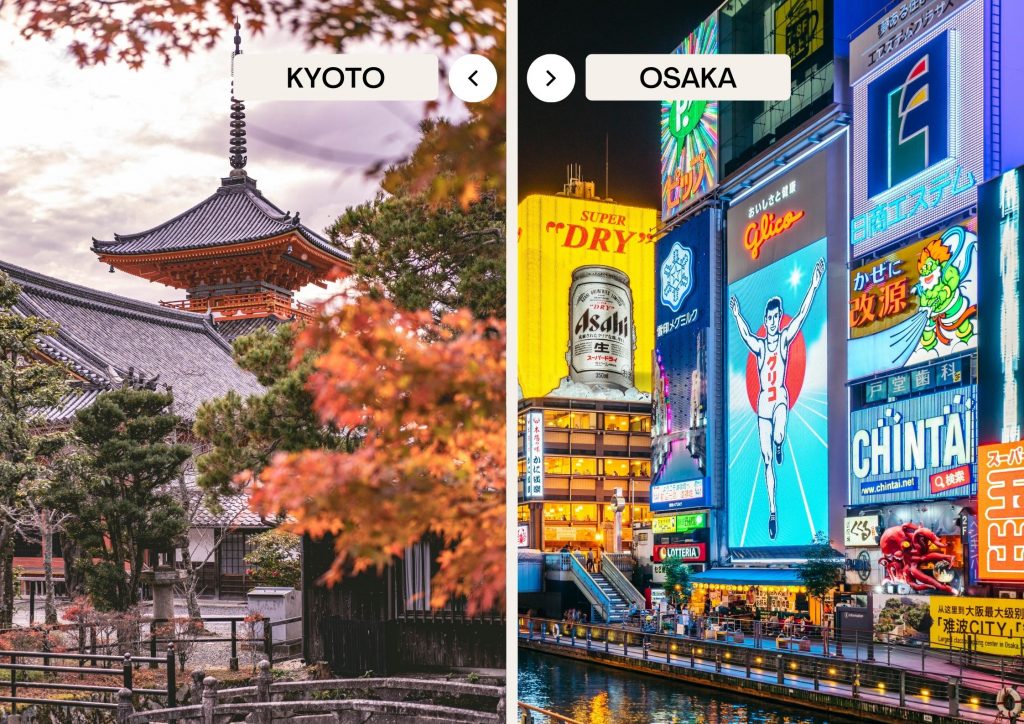
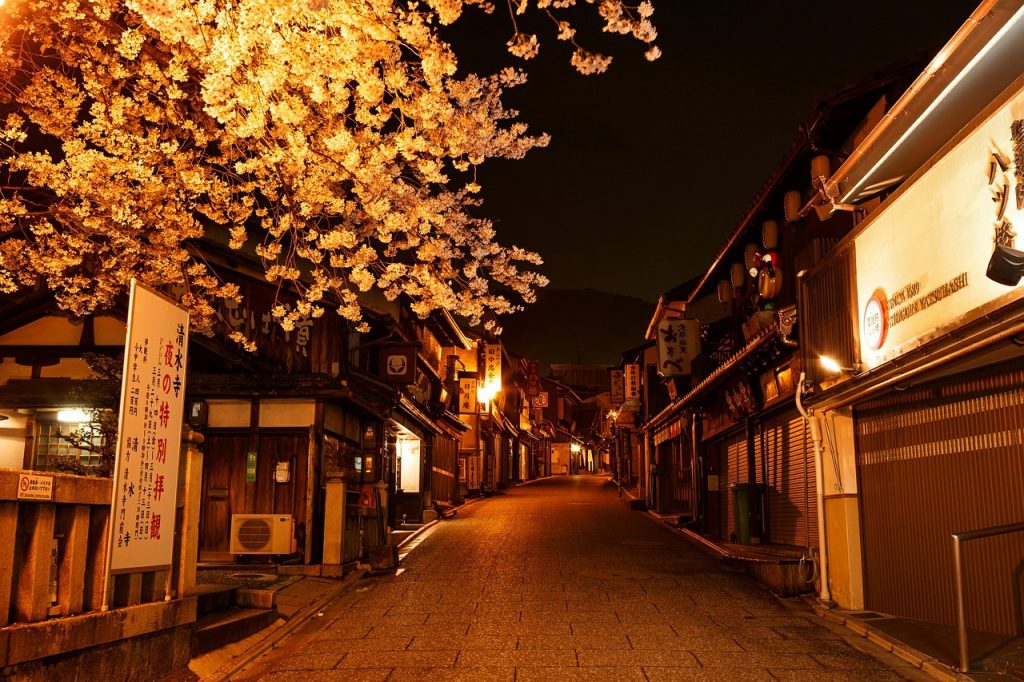
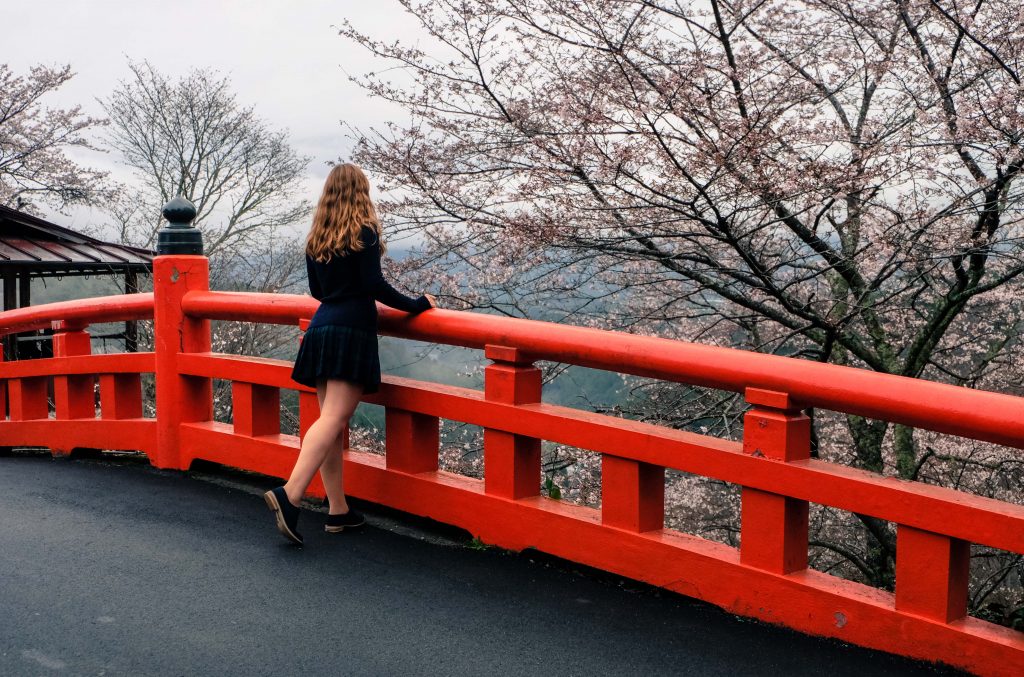
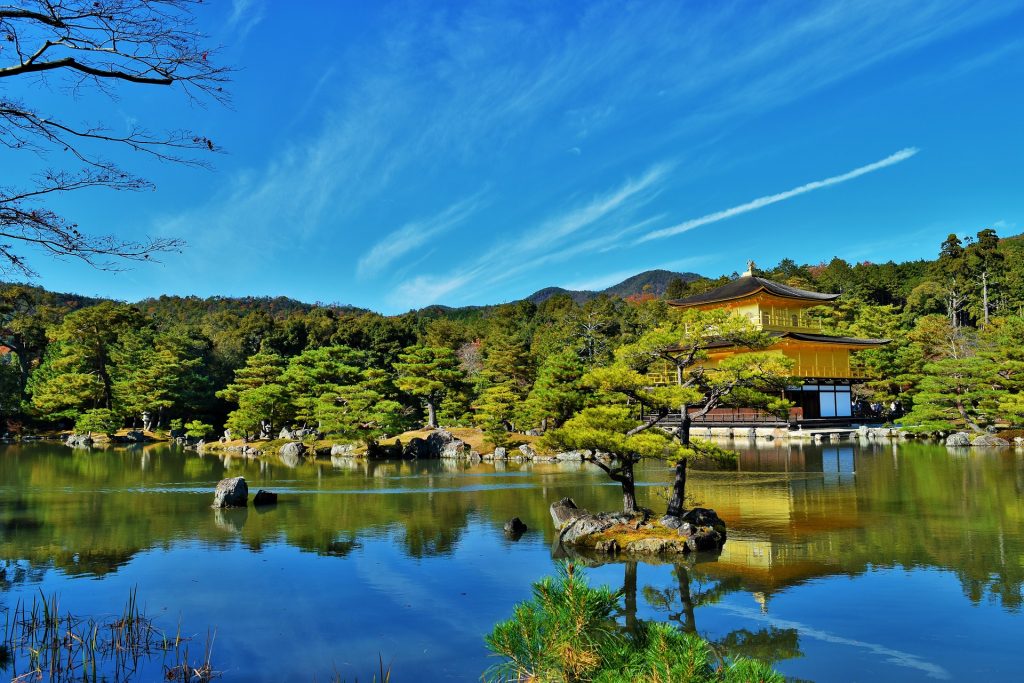
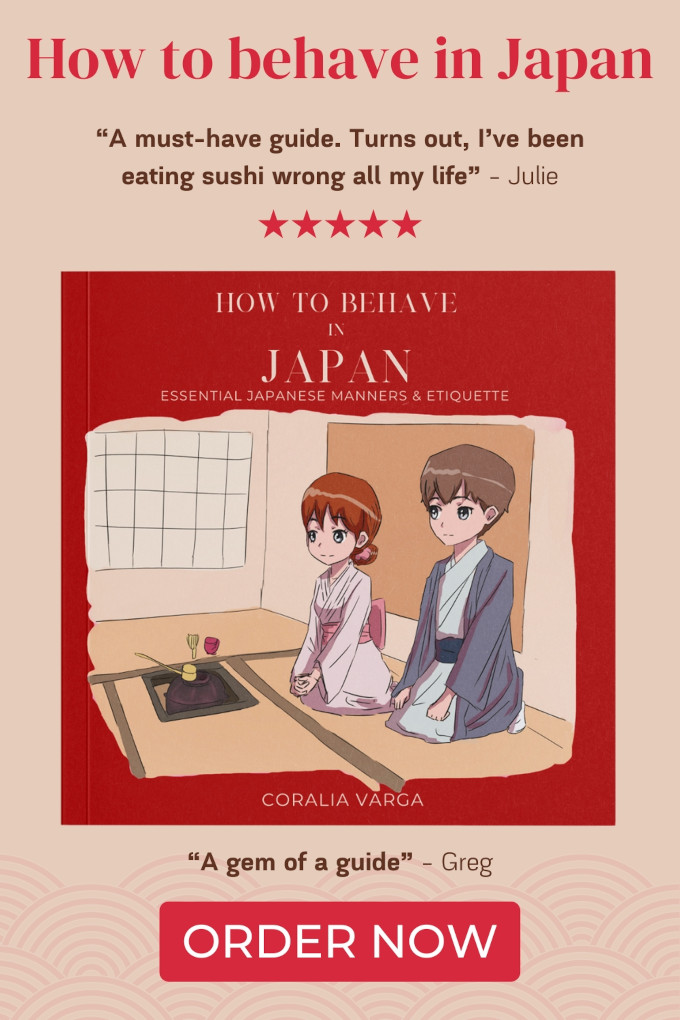

Leave a Reply